This is our Arviat guide for visitors, part of our series of crowd-sourced Nunavut community travel guides. If you would like to write a guide for your community, please send us an email! This guide was written by Keith Collier.
Arviat, Nunavut, has the distinction of being Nunavut’s most southerly mainland community (Sanikiluaq is the southernmost of all!). But don’t let that fool you – that doesn’t mean the winters are any warmer.
Located about halfway between Churchill, MB, and Rankin Inlet, NU, Arviat is right on the coast of Hudson Bay. Unlike much of Nunavut, known for its steep fjords and mountains, Arviat’s landscape is defined by the rugged flatness that stretches out in all directions. While at first glance it can seem featureless, Arviat’s rolling vistas allow you to take in the fantastic tundra scenery and abundant wildlife for miles in all directions.
It may also surprise you to find out that Arviat is, in fact, Nunavut’s second largest community (take that, Rankin Inlet). While it may be large population-wise, Arviat maintains a typical Nunavut small-Hamlet feel. While visitors will find an interesting and welcoming community, rich in culture and filled with some of the territory’s friendliest people, they will also find that Arviat is a quiet town with fewer amenities than you would find in a similar-sized community such as Rankin Inlet.
To learn more about the amenities it does have, check out my suggestions for what to eat, where to sleep, and what to do.
What to Eat
The Padlei Inns North Hotel has the only full-service restaurant in town, and even they are only open for set mealtimes throughout the day. So don’t lose track of time – if you show up late for lunch, you may have to wait until dinner. Serving up a well-done (if limited) menu, the B & C Burger – for “bacon and cheese” – and the club sandwich are my usual staples, although their specials change every day.
The other three retailers in town all have some take-out food on offer. The Northern Store’s Quick Stop has sandwiches and subs, as well as an attached “KFC Express” which, oddly, doesn’t actually serve any chicken pieces – more like chicken burgers and fries.
Eskimo Point Lumber Supply (EPLS), a locally-owned, family run business, also sells snacks, including nachos and their famed “Lumber Dawg” – a giant chili cheese dog. Their burgers are also pretty darn good, and EPLS is generally a place where you can find pretty much anything you would need – from food, to ammunition, to paint brushes, they tend to have it all.
New in town is Arctic Connection, a retailer and expeditor that also has take-out food service. Their menu varies from breakfast selections to poutine and pizza, depending on the day, and the reviews have been good.
Incidentally, Arctic Connection also holds my (admittedly informal) record for delivering freight from Winnipeg. I actually received a special parts order through them in less than 8 hours, which is not only amazing, it should technically be impossible. I still suspect they used a drone.
Where to Sleep
Like eating, the list of places to sleep in Arviat is pretty short. There’s the Padlei Inns North Hotel, Katimavik Suites, and the Beach House (the latter two owned by EPLS). While the Inns North has the convenience of a restaurant, both Katimavik Suites and the Beach House include access to in-room kitchenettes or a communal kitchen, respectively, which are fully stocked with all the cookware you might need. Some visitors prefer the convenience of the Inns North, while others (particularly those on longer-term stays) appreciate the ability to cook for themselves at EPLS’s properties.
Although densely populated, Arviat is not very large, only about 1.5 kilometers long and a half kilometer wide, so virtually the whole town is within walking distance no matter where you stay. For those rainy days (or those with -60 degree windchill) there are several cabs in town. Check with your hotel for their phone numbers and availability.
What to Do
Arviat is known as one of the most traditional communities in Nunavut. Well over 90% of the population still speaks Inuktitut as a first language, and traditional culture is alive and well. Many visitors to Arviat are mainly interested in learning and experiencing this culture during their visits.
To that end, a visit to the Margaret Aniksak Visitor’s Centre is always a great idea. The Visitor’s Centre contains information about the history of Arviat, the peoples who settled there, and the traditional lifestyles that they pursued. There are also displays of traditional clothing, tools, games, and more. Unfortunately, the Visitor’s Centre is only staffed for two months every year (usually in the summer), but at other times visitors can usually gain access through their guides or by contacting the Hamlet office and asking to arrange a tour.
Another great stop is Kiluk Ltd., a subsidiary of the Nunavut Development Corporation, where local women make beautiful wall hangings and elegant sealskin clothing and accessories. Kiluk also sells carvings and other artwork, as well as some traditional food such as pipsi (dried Arctic char) and tuktu (caribou). Arviat has a reputation for excellent seamstresses, and in recent years its business has expanded to making clothing for the Maplelea Dolls “Saila” doll, as well as contract work for Agnico-Eagle Mines Ltd., providing clothing embroidery and repair as well as corporate-branded gifts such as sealskin-covered notebooks. Kiluk is a great place to pick up some local arts and crafts, but, as in most Nunavut communities, you will also be approached by many people looking to sell carvings or other artworks.
For those who want to get out and experience some of the beautiful tundra and wildlife, get in touch with the Hamlet of Arviat Community Economic Development Office (867-857-2941 or [email protected]) for a list of outfitters and guides who can arrange land trips by ATV, snowmobile, or boat, where Arctic fox, beluga, caribou, and yes, polar bears are often abundant. There are also archaeological sites near the community and at Arviat’juaq National Park. These sites are best visited with an experienced local guide who can interpret them for you.
The Hamlet of Arviat is also currently working to develop an Eco-Park. While it’s still in the planning and design stage, when complete the park will have walking trails, interpretive material, and preserved wetlands for visitors and residents alike to enjoy.
Arviat is one of the fastest-growing yet traditional communities in Nunavut, and visitors with an open mind and a sense of adventure will find it one of the most unique places in Canada.
What are your favourite things to see and do in Arviat? Let us know in the comments!
All photos by Paul Aningat.

- Keith Collier grew up in Bay D’Espoir, on Newfoundland’s South Coast, and moved to St. John’s to attend Memorial University. After 10 years of living and working in the city he quite suddenly moved to Arviat, Nunavut, where he now works as the Community Economic Development Officer. He has been published in several anthologies and is a regular contributor to The Newfoundland Quarterly and TheIndependent.ca. Reach him on Twitter @KeithCollier or at www.keithjcollier.ca.

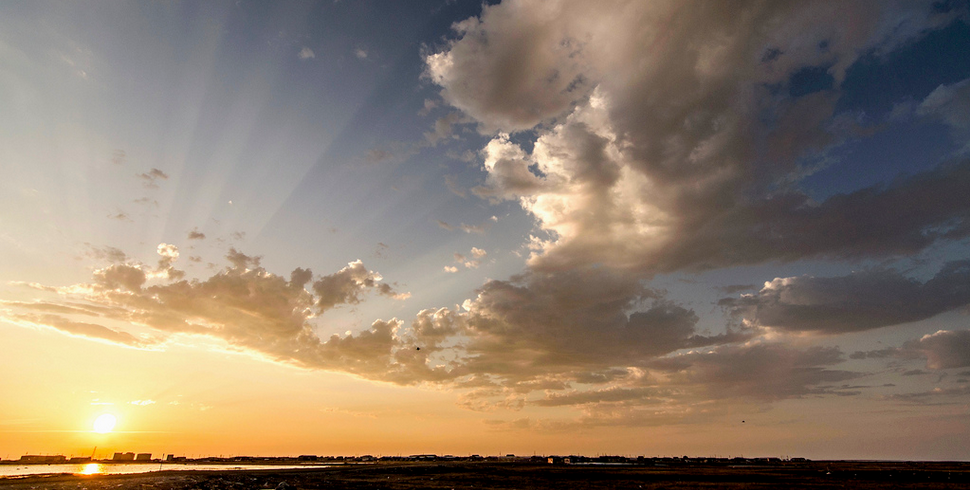
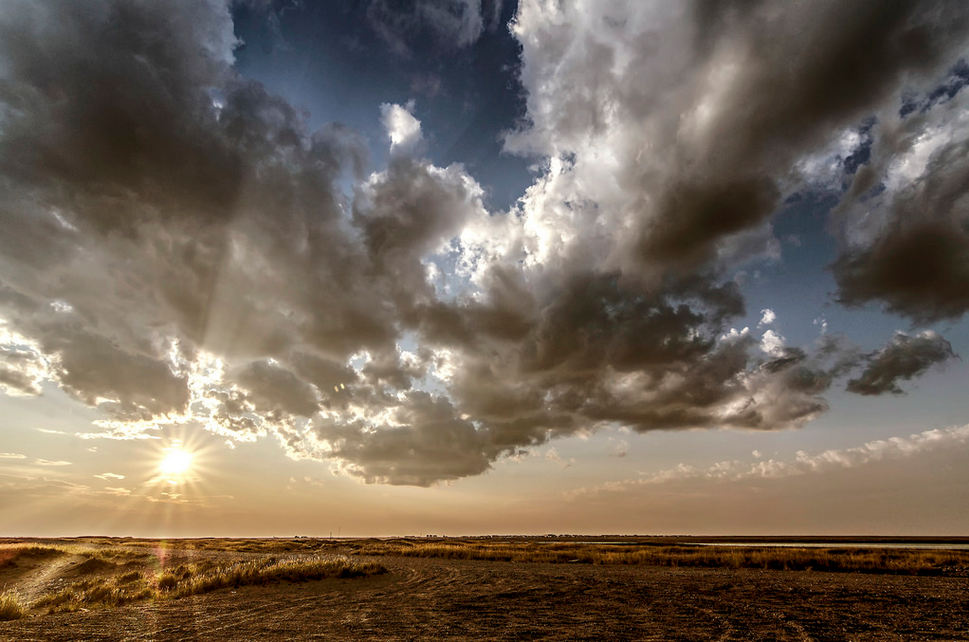
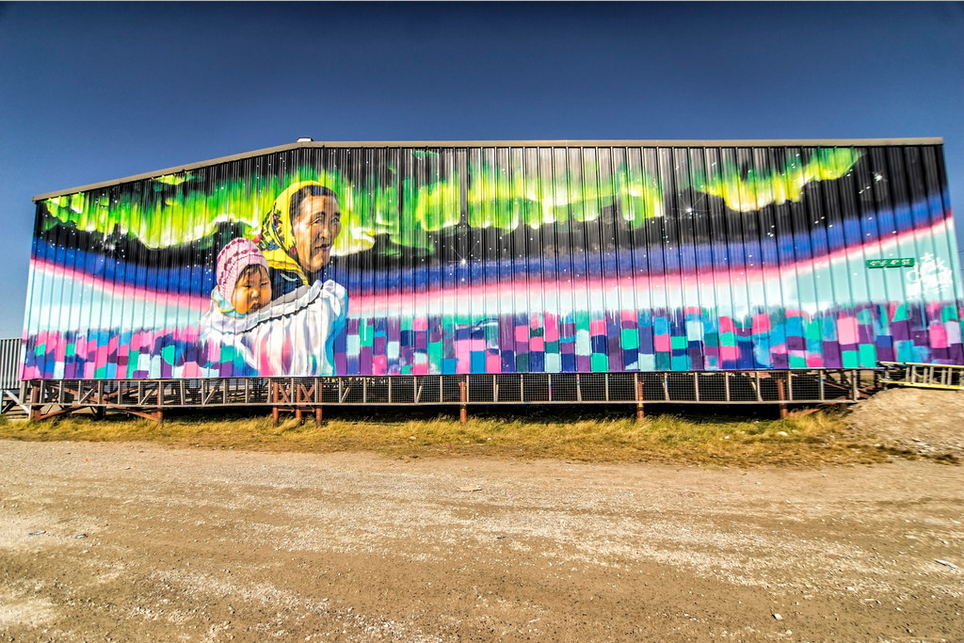
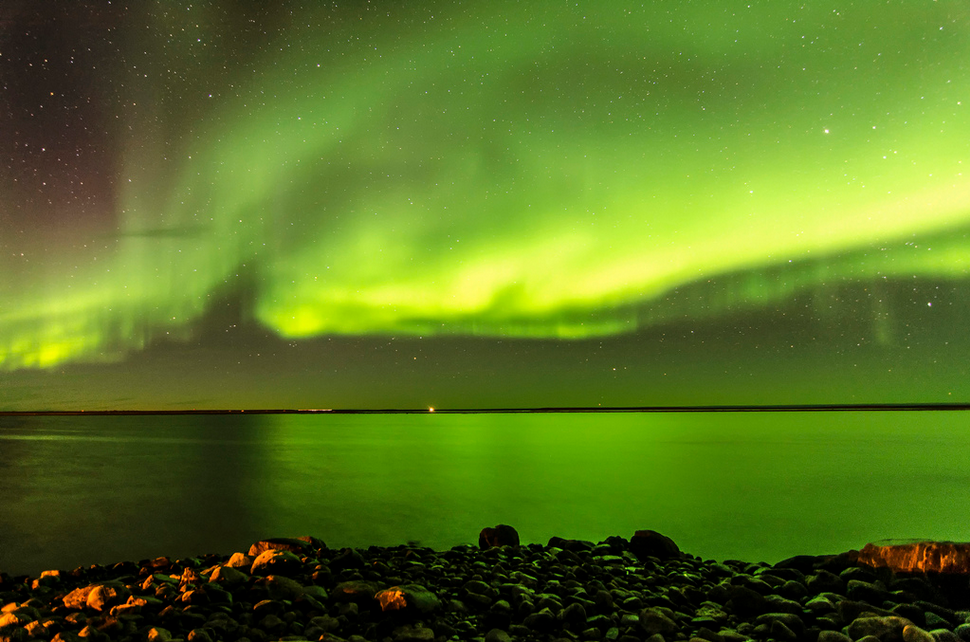
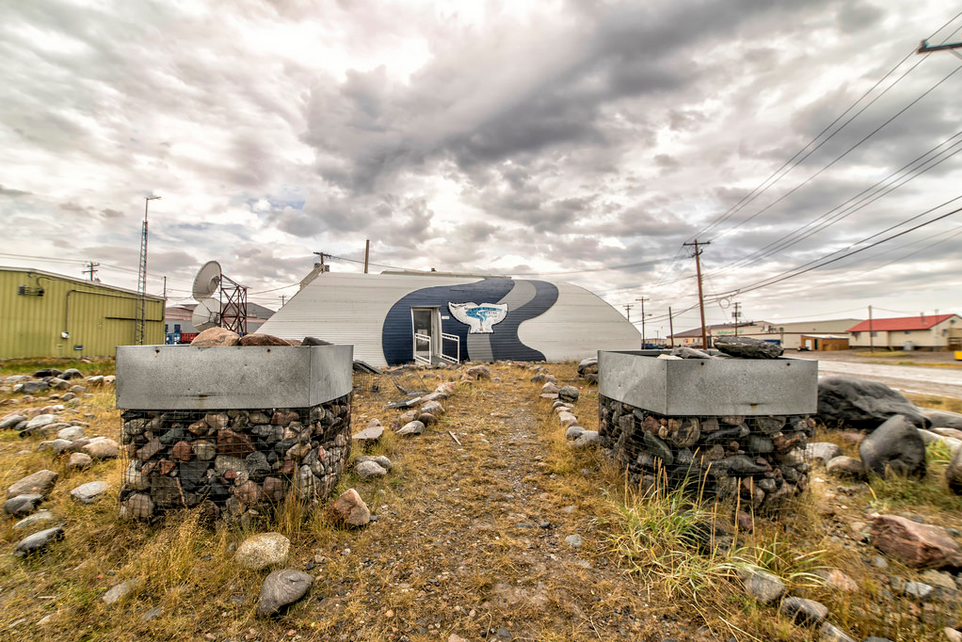
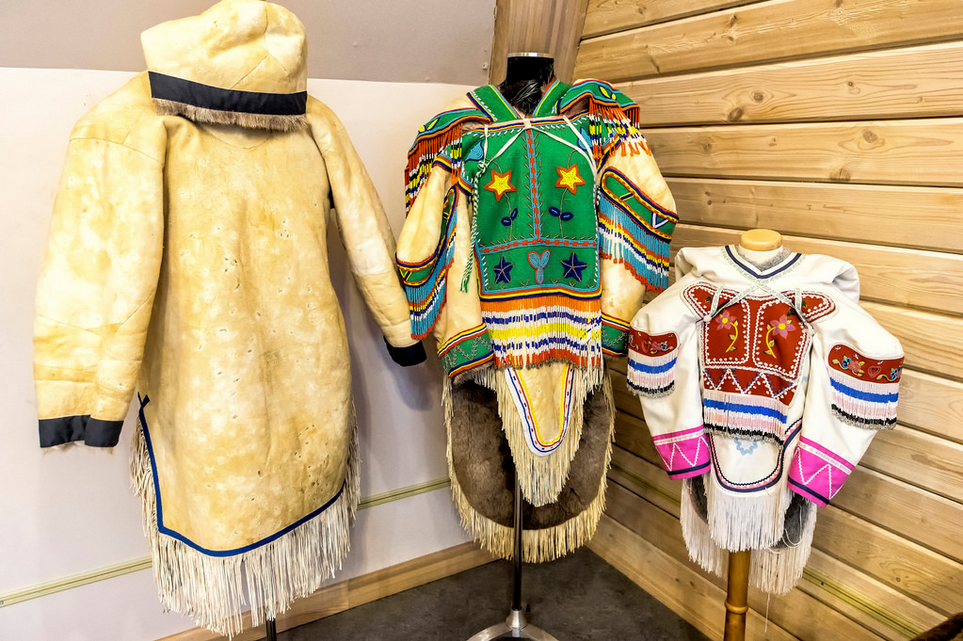
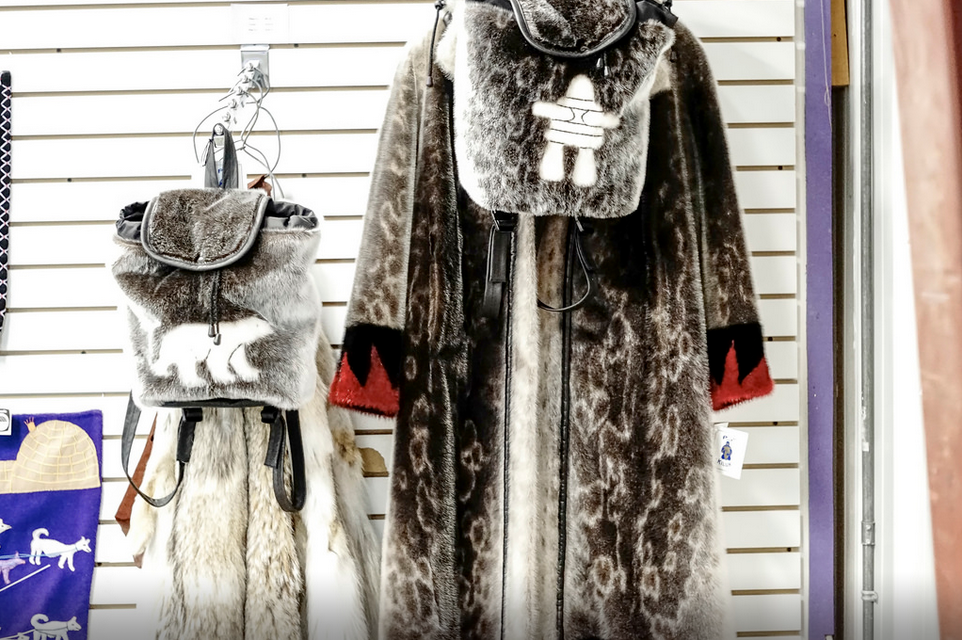
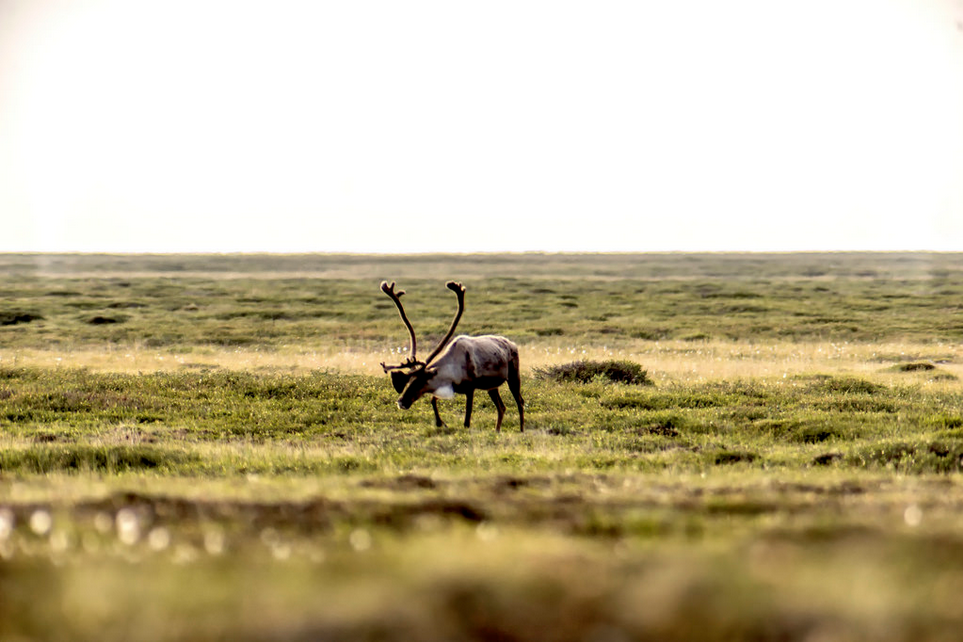

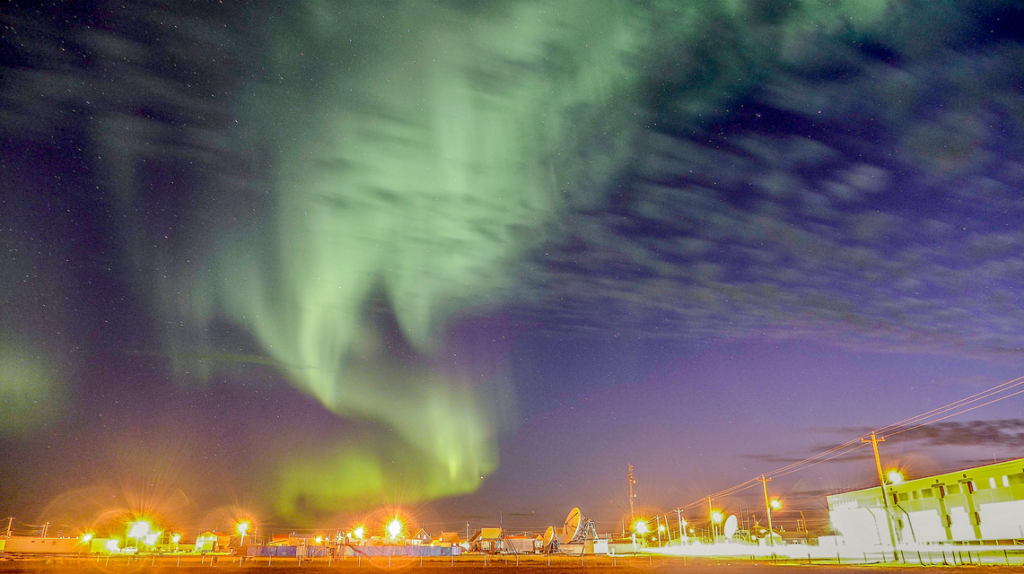





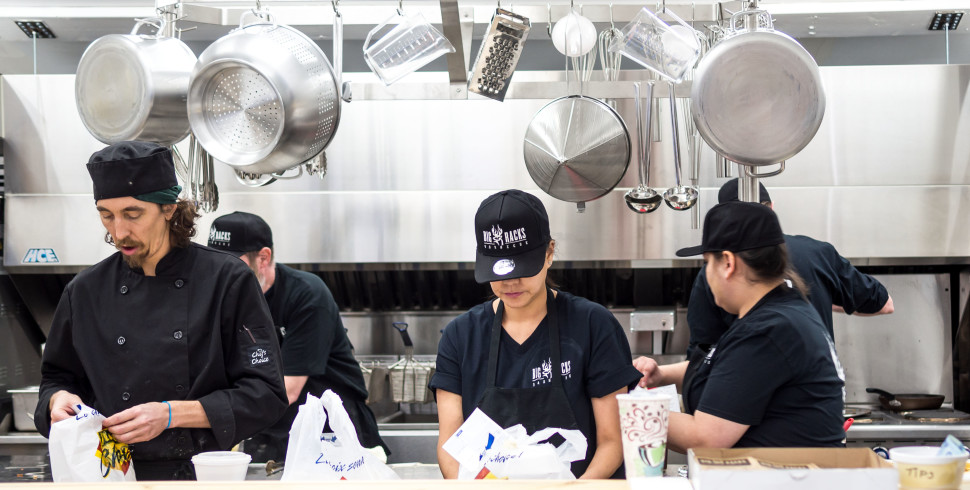

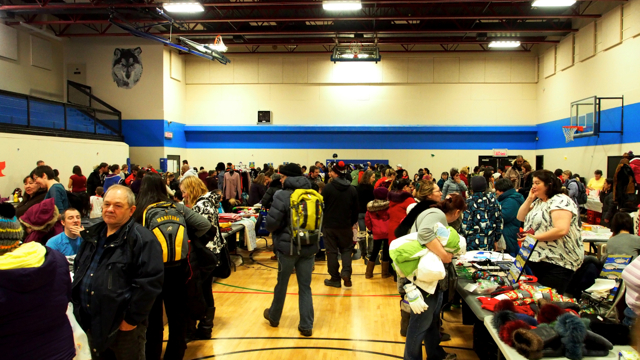
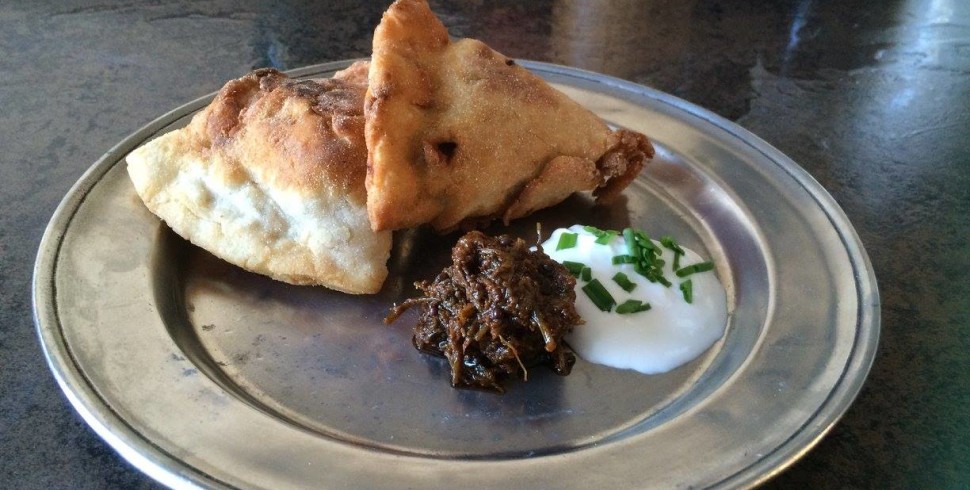
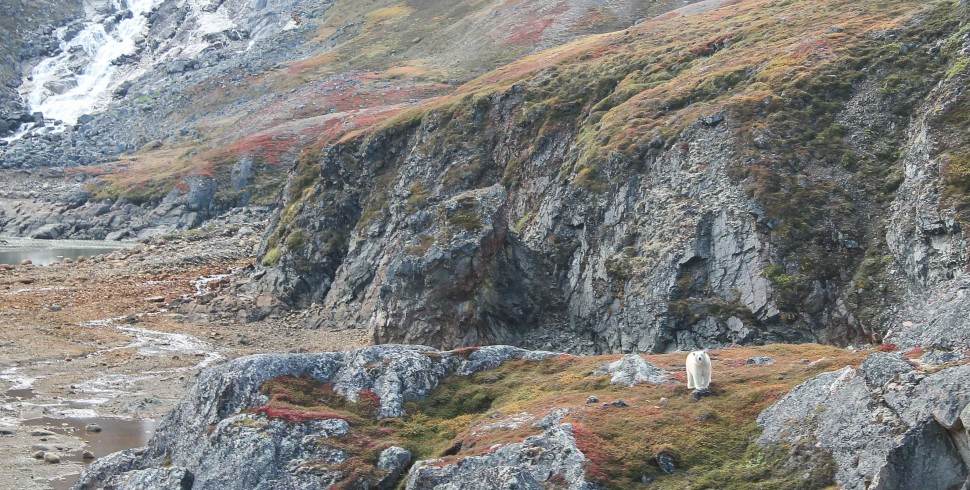
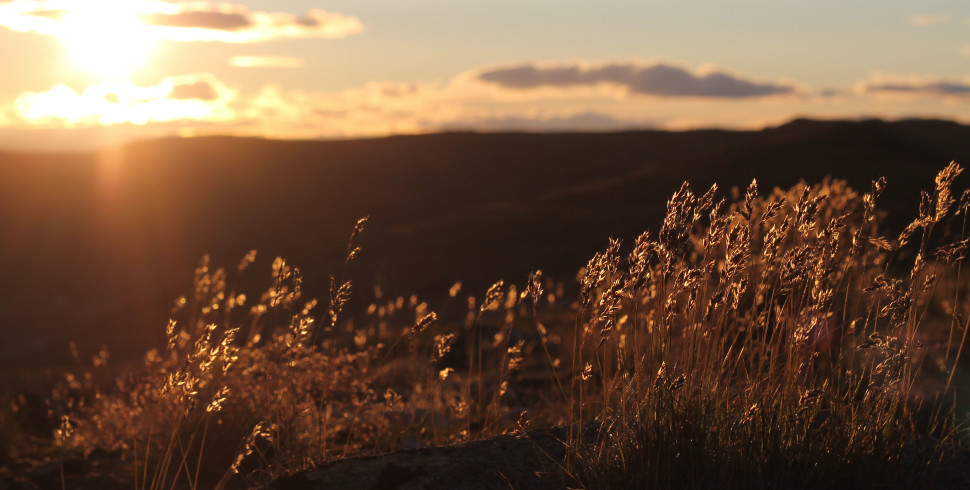

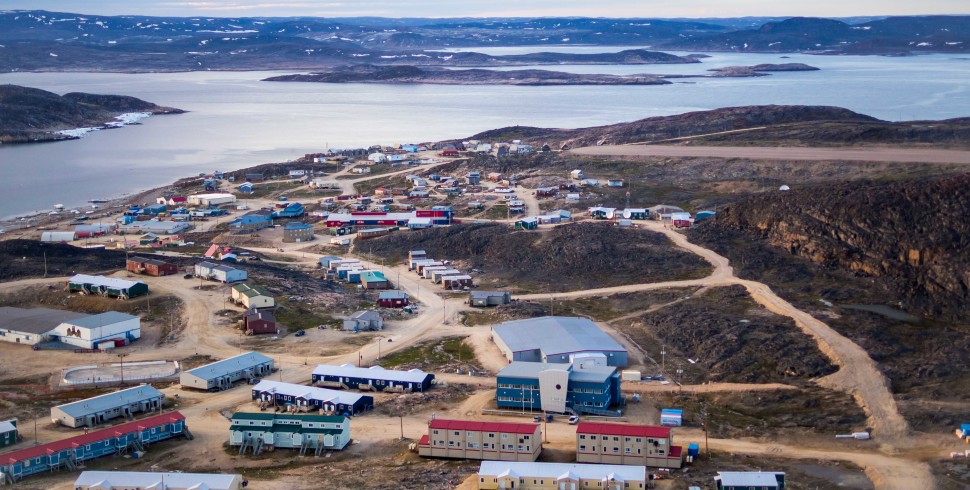


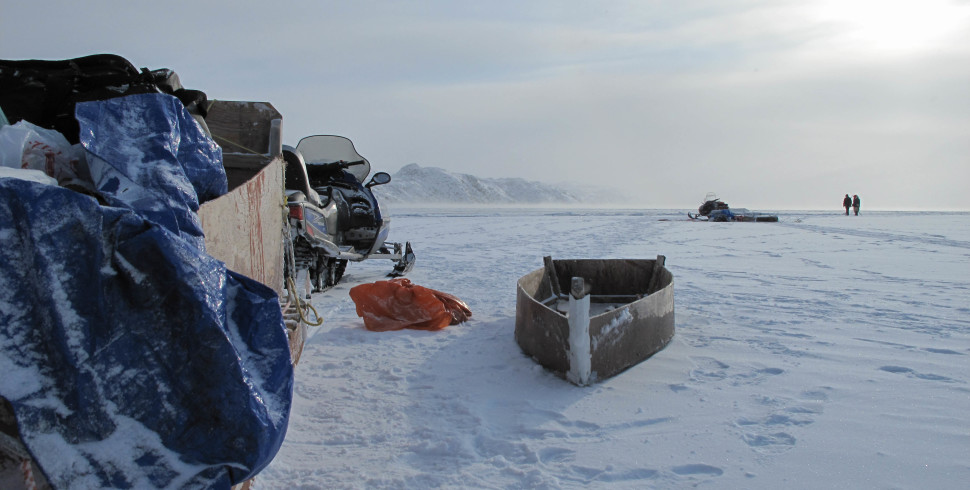

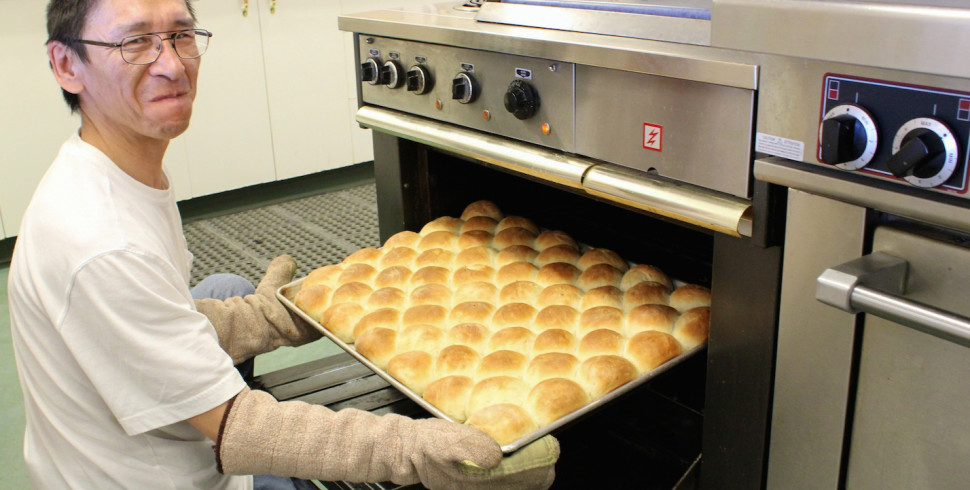
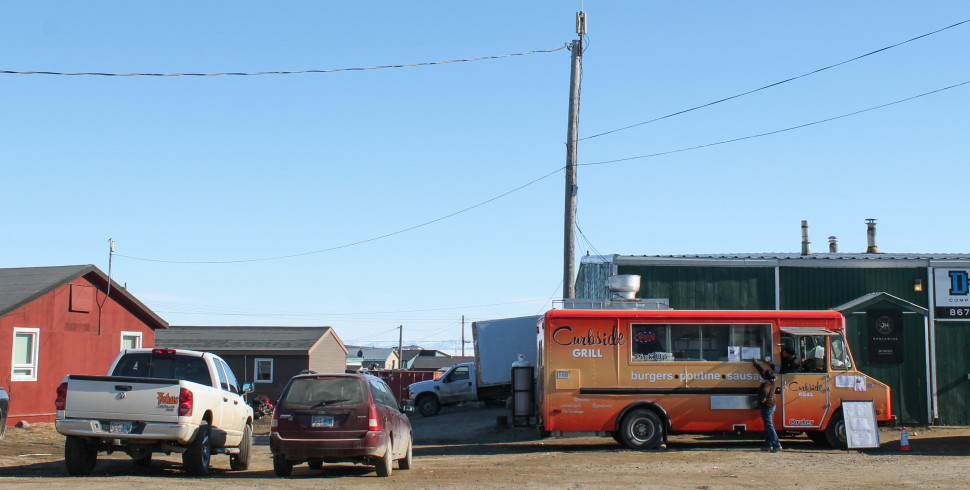
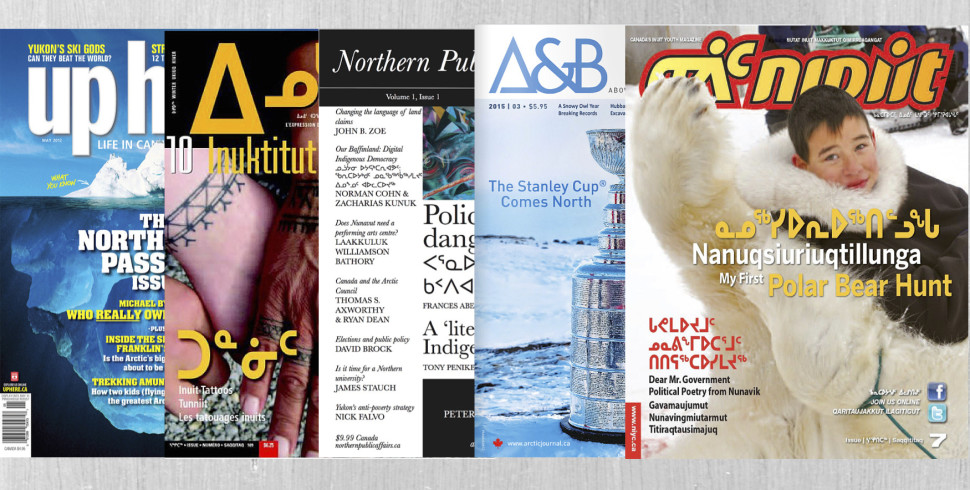

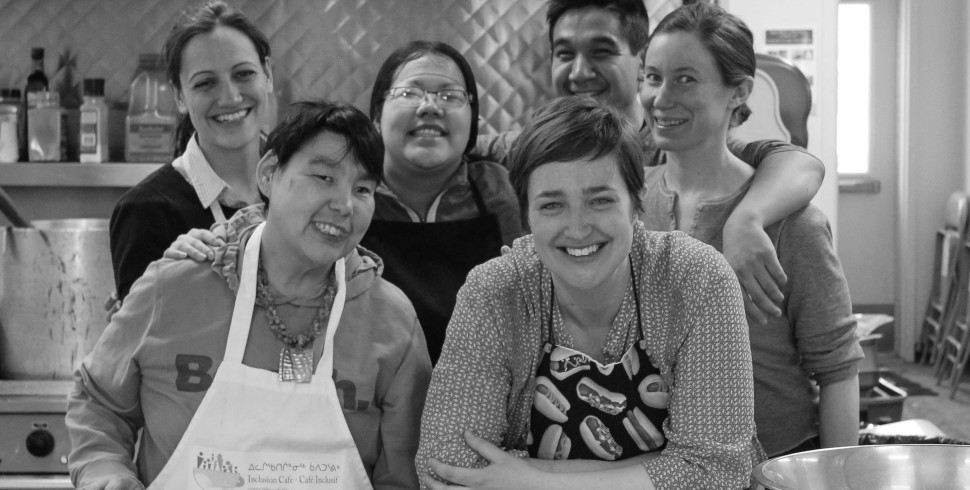
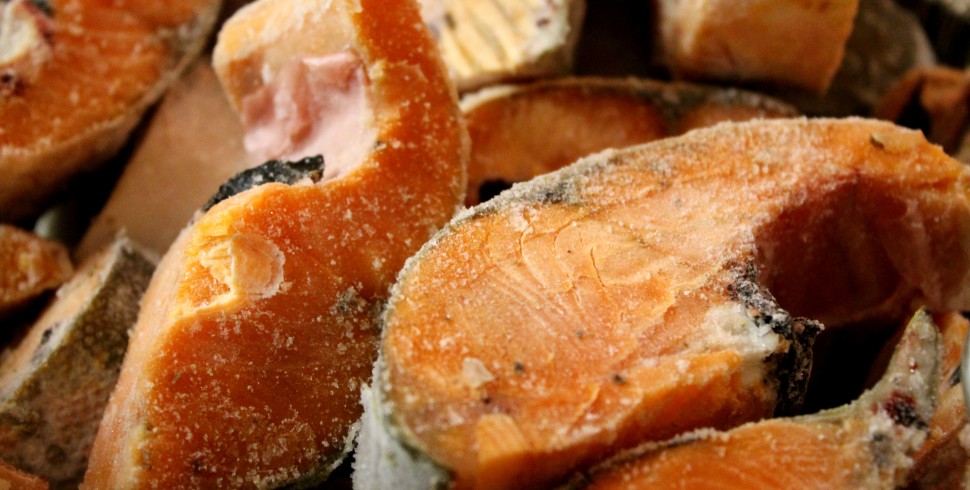
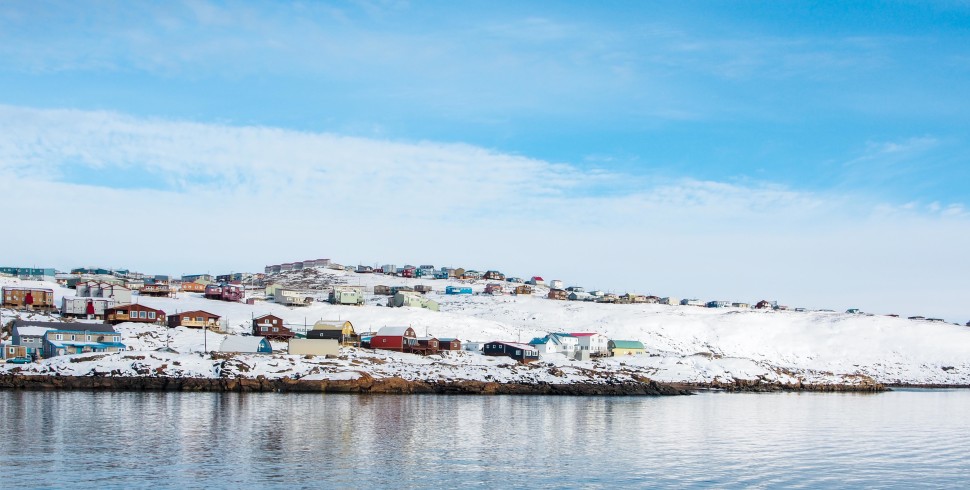
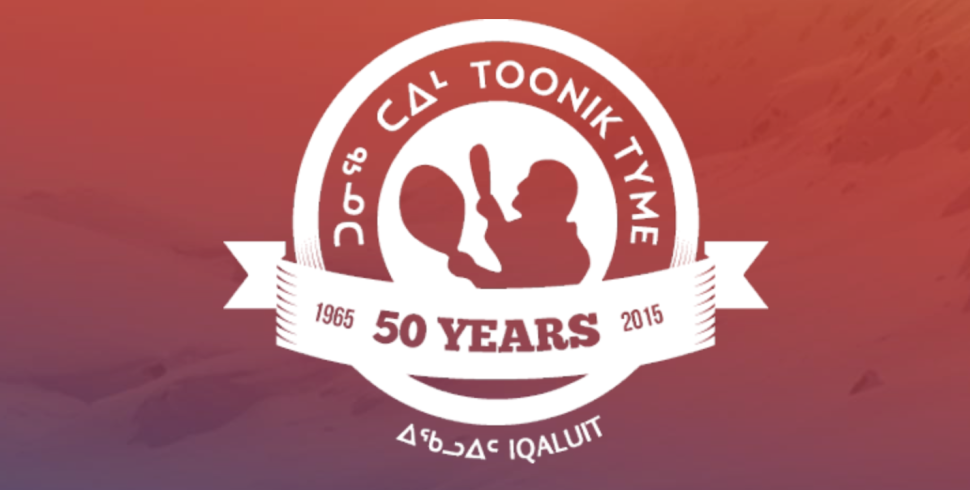
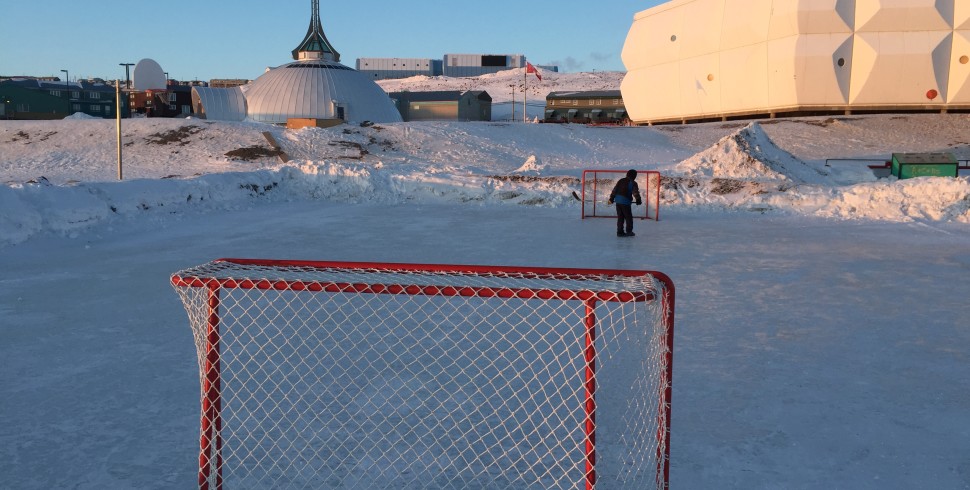
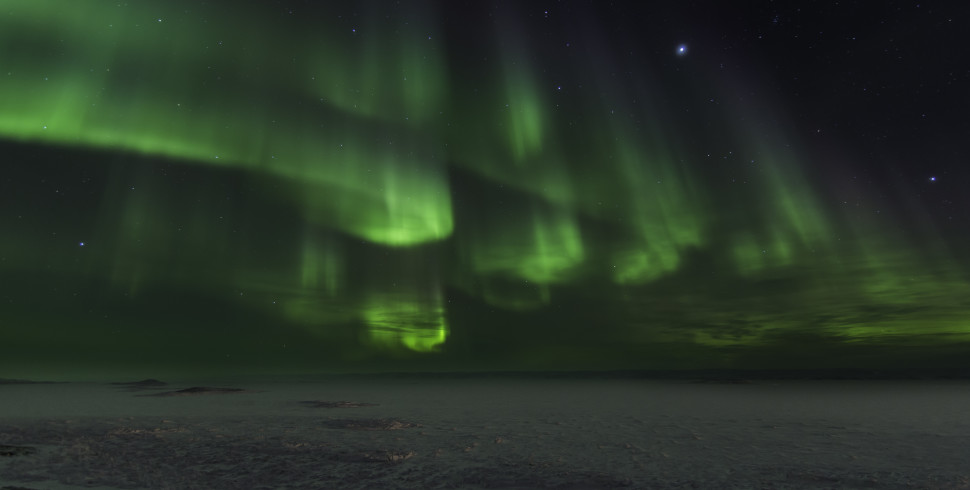


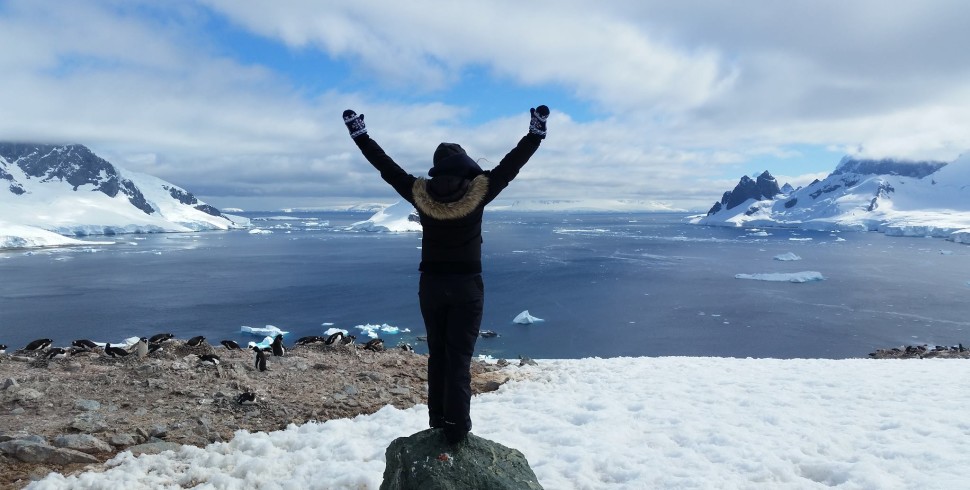
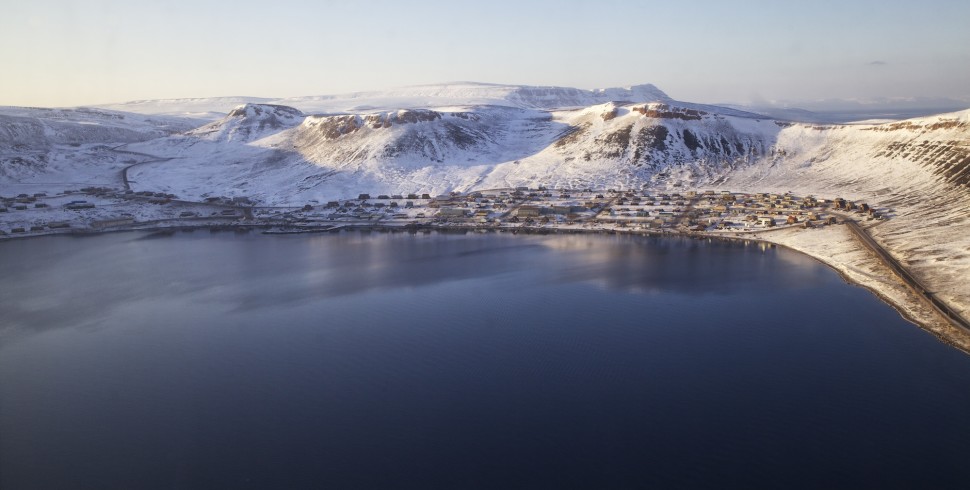
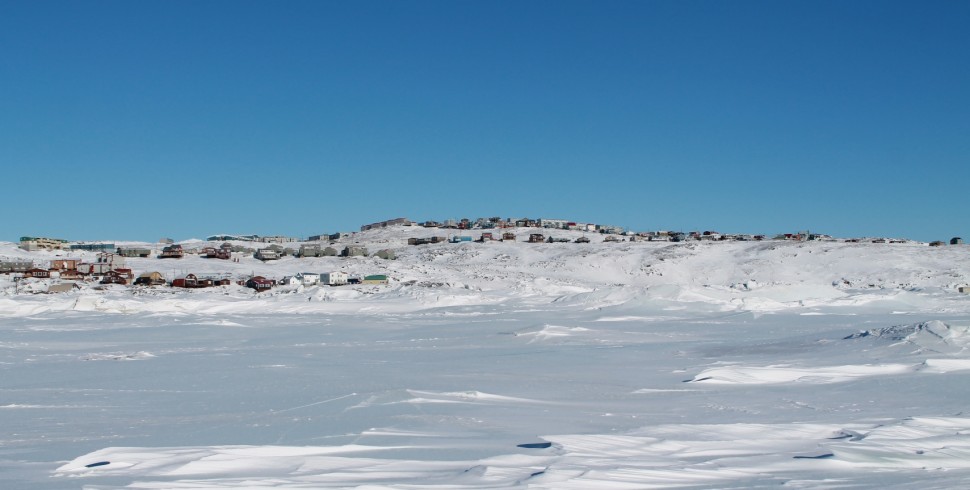
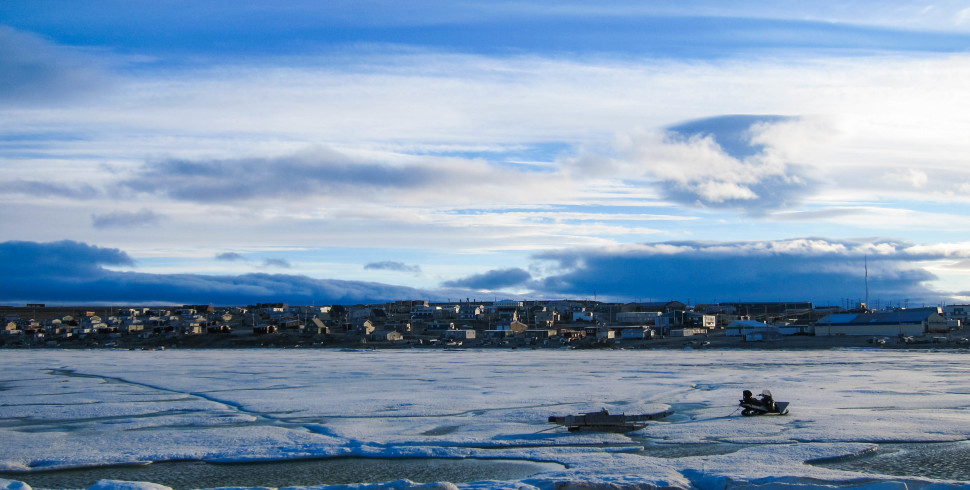

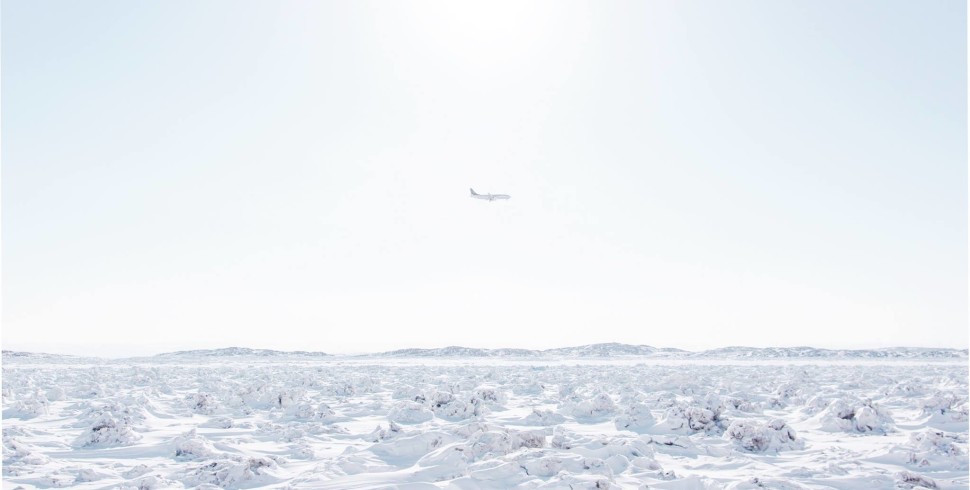






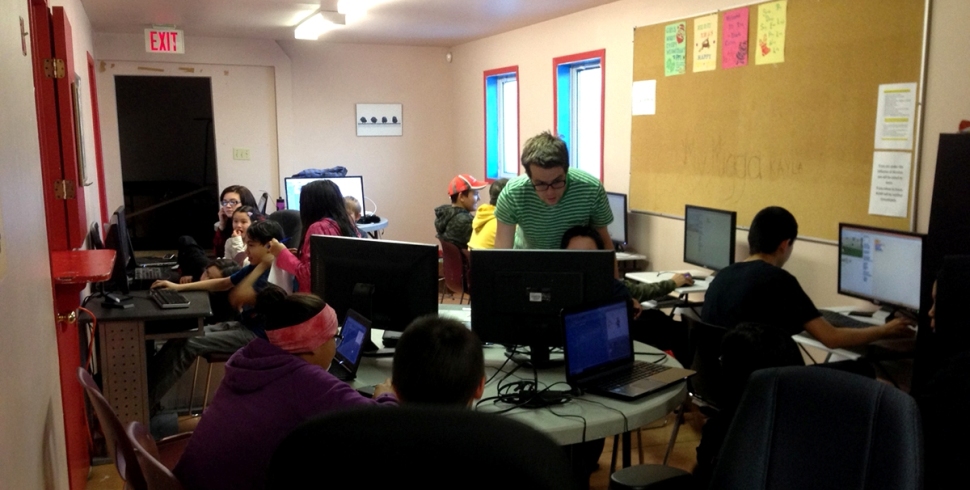
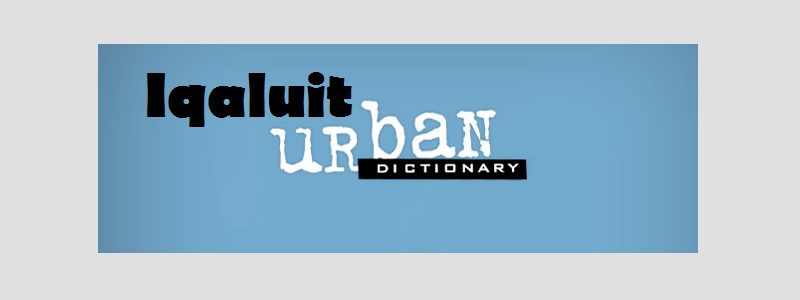



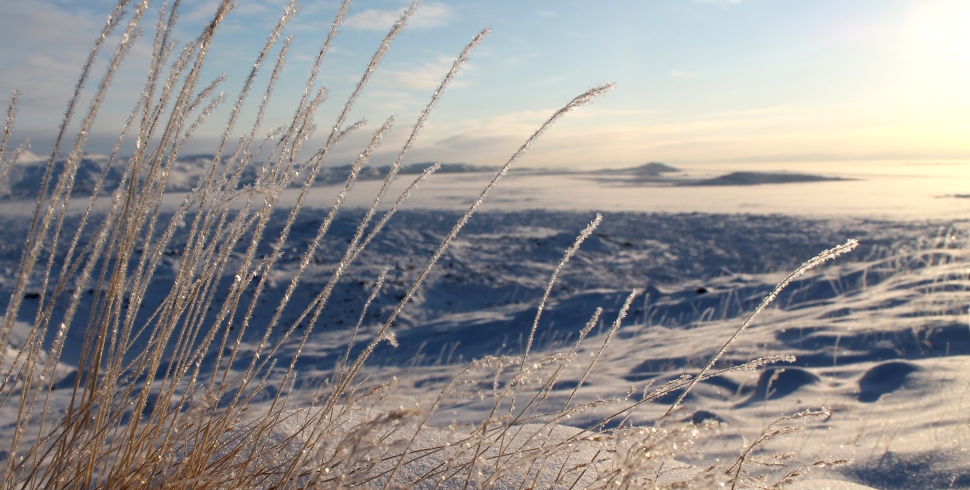



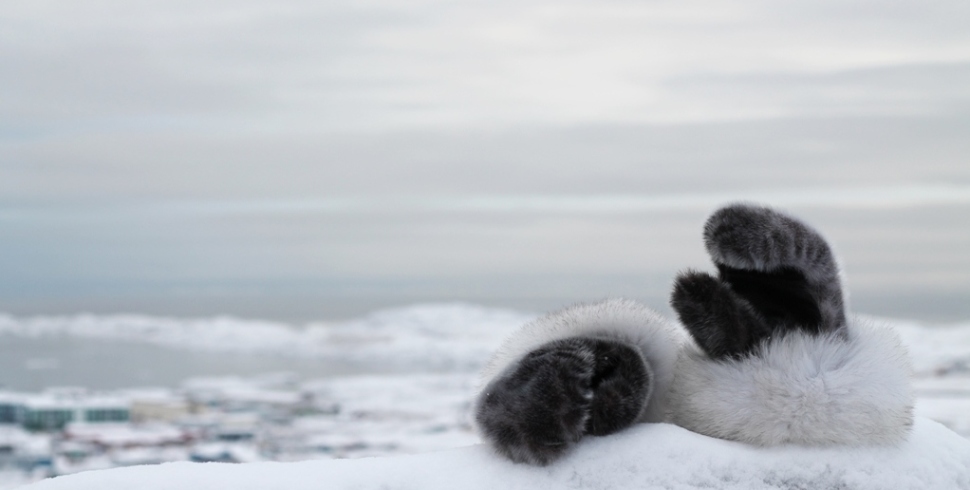
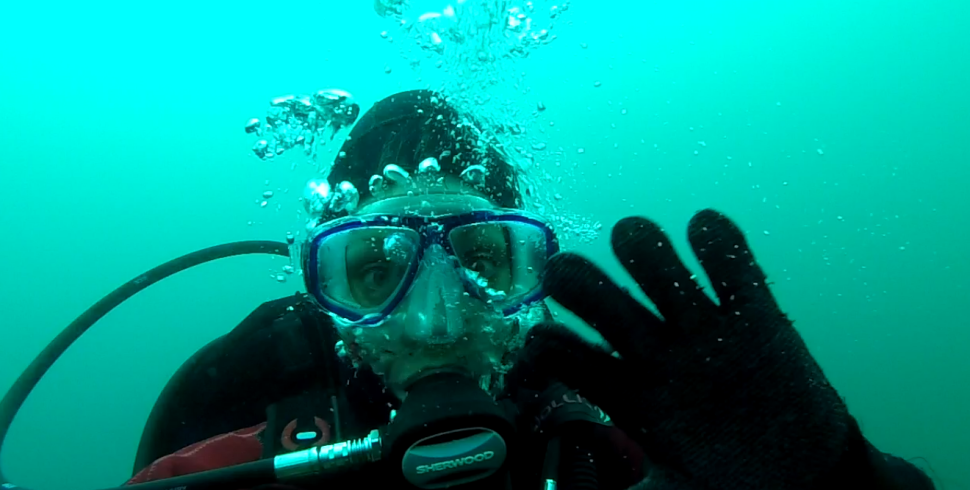
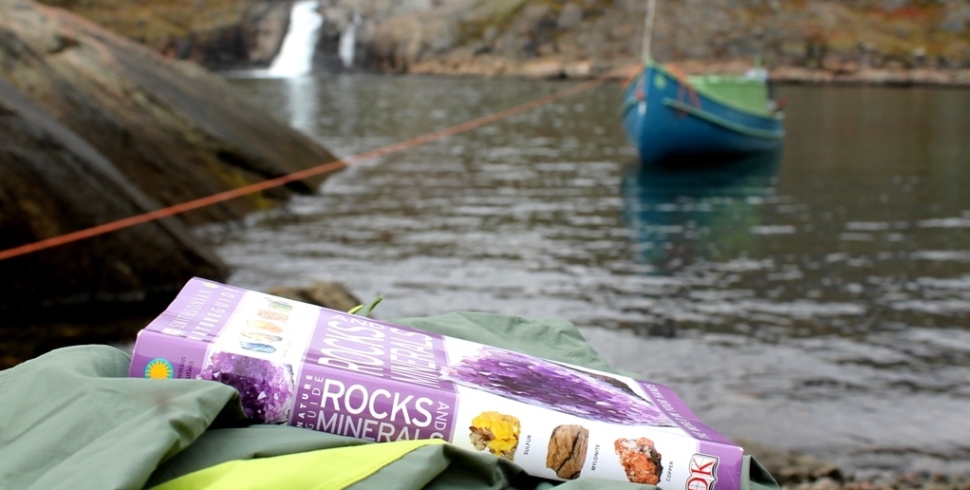


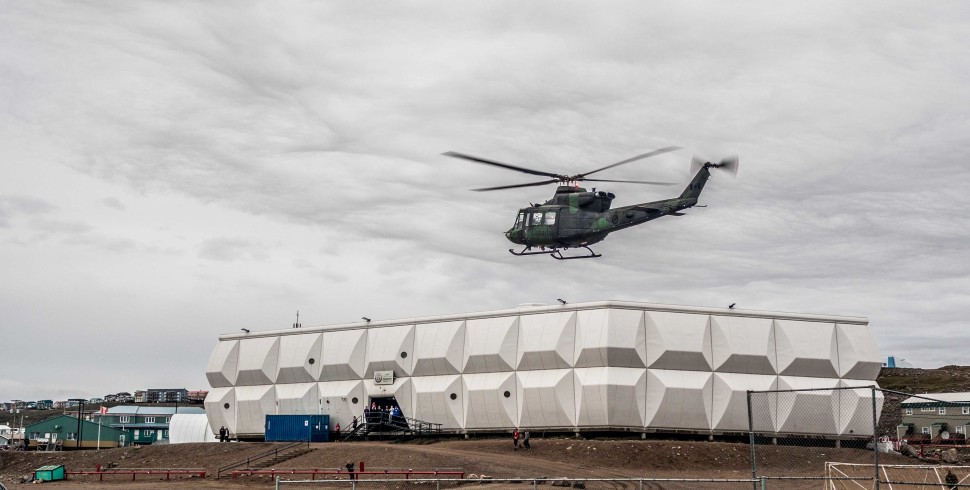

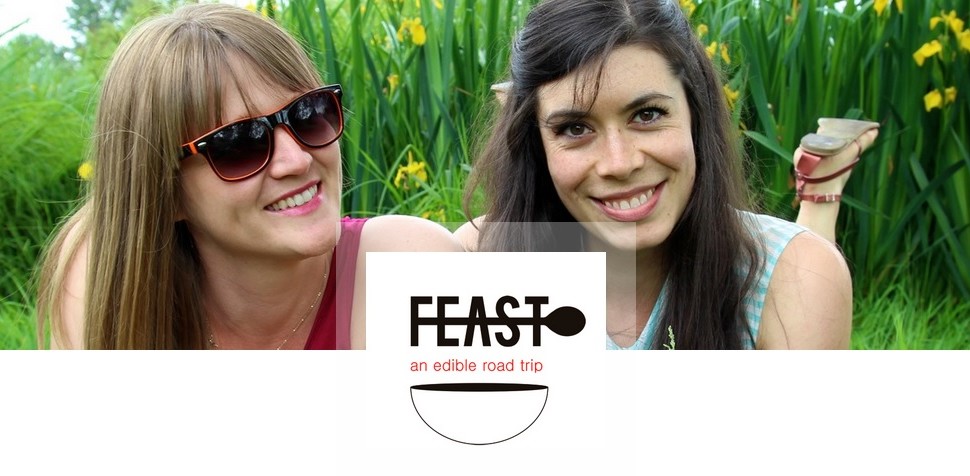
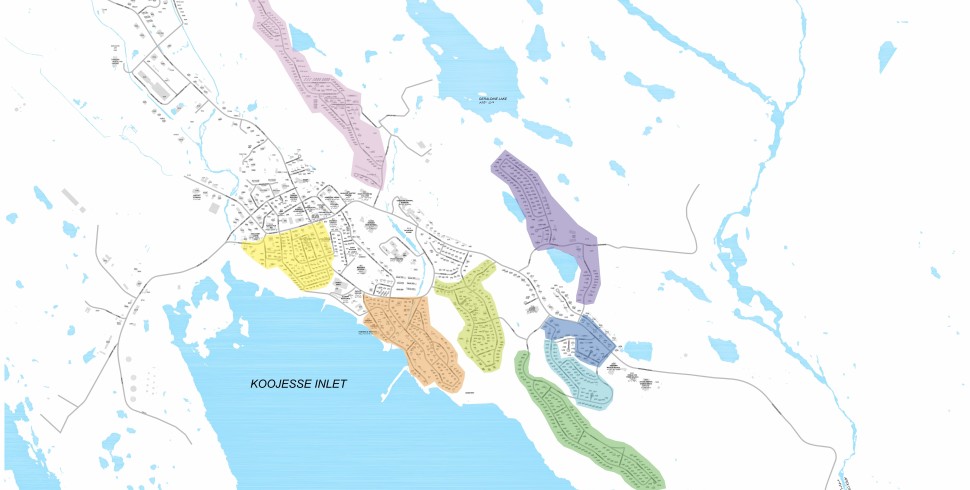
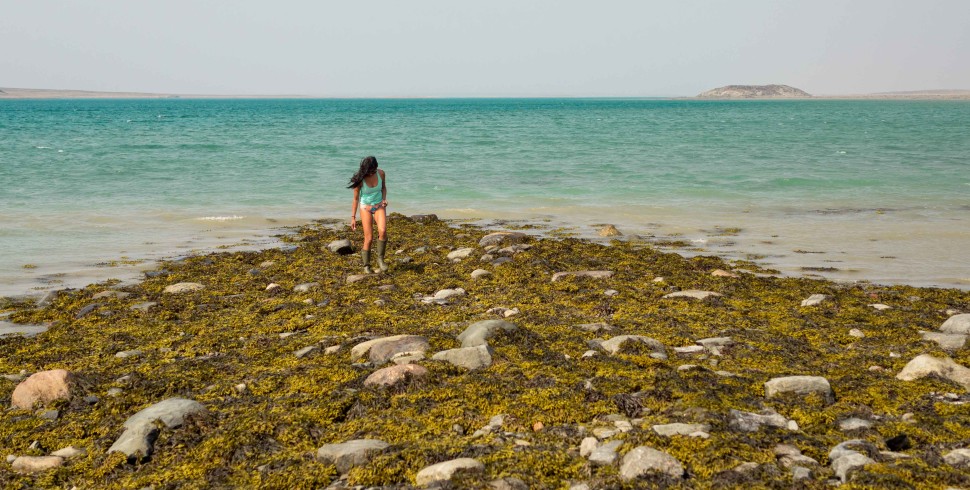
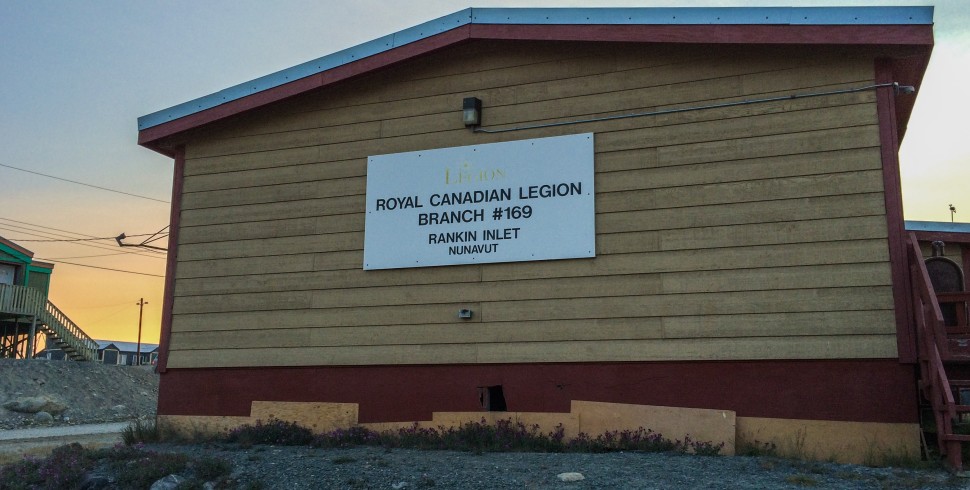
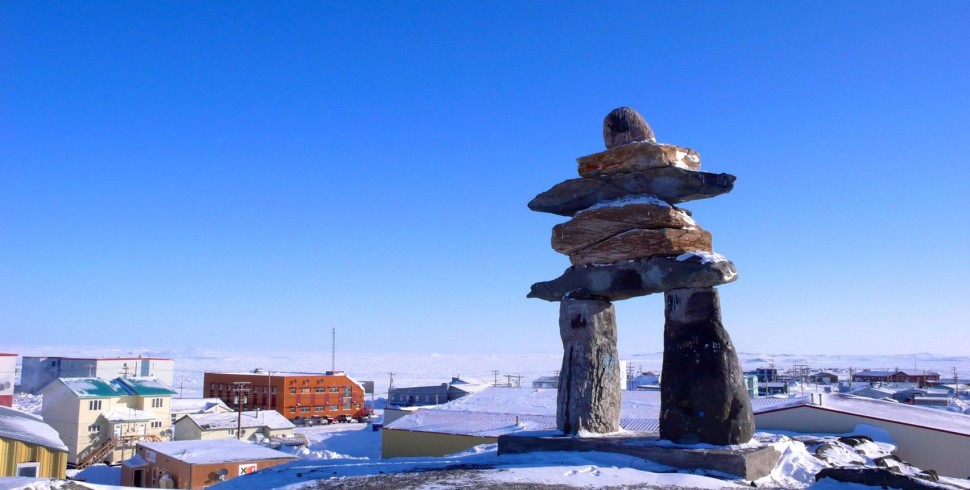
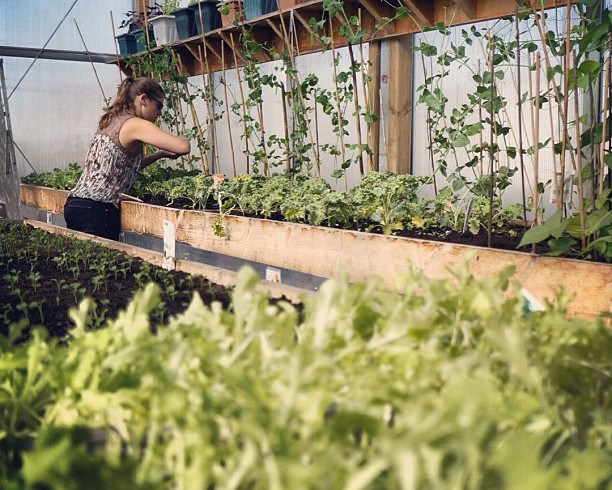
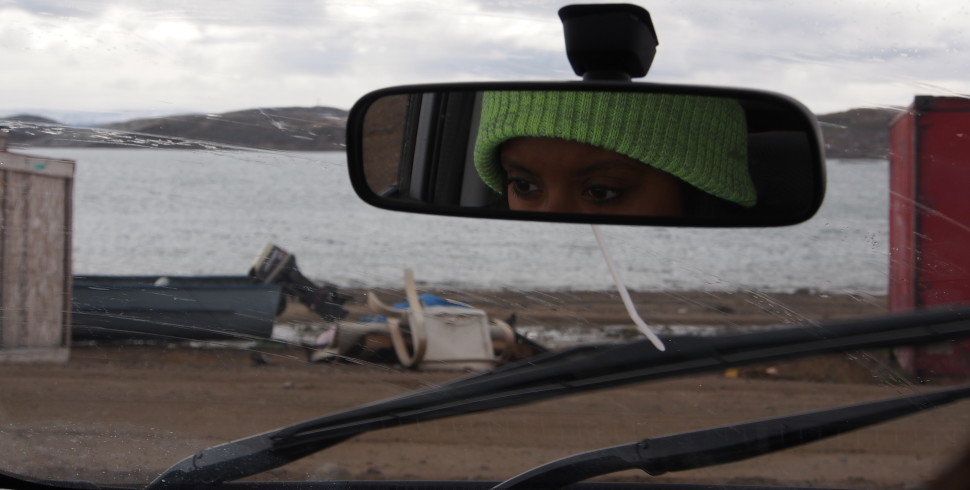

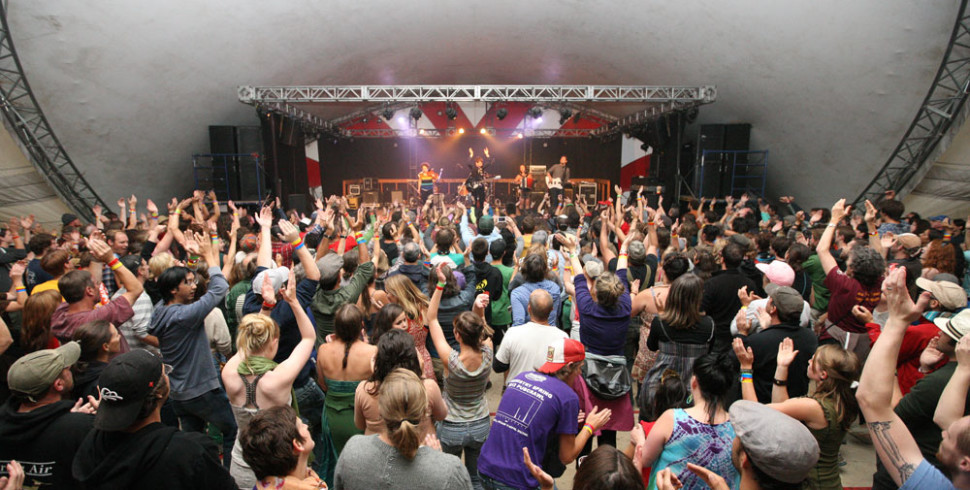

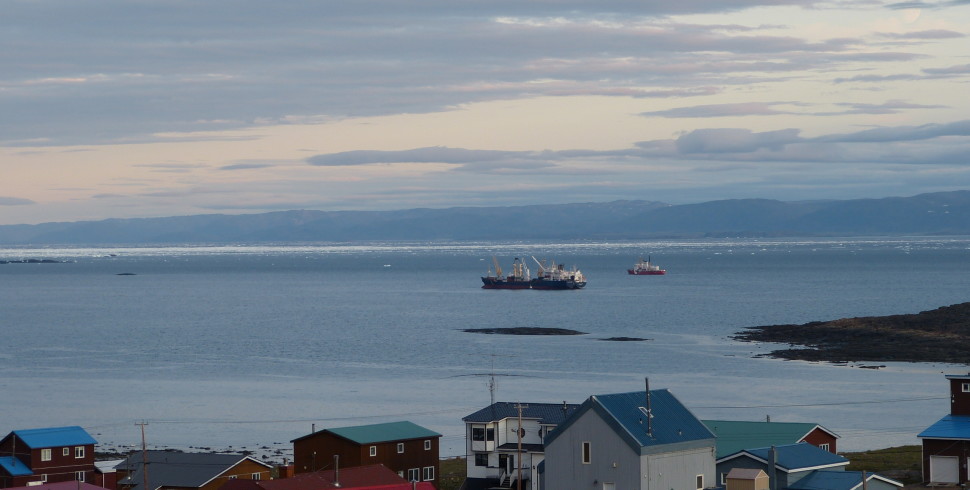
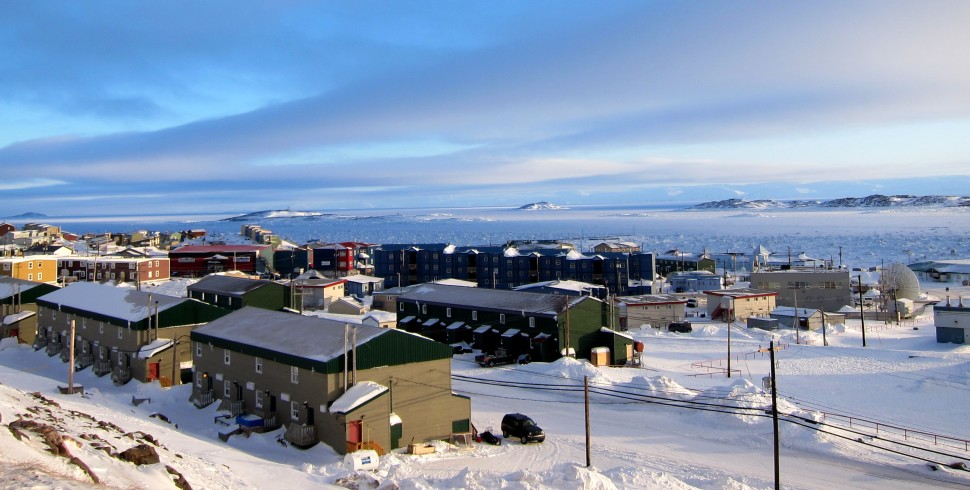



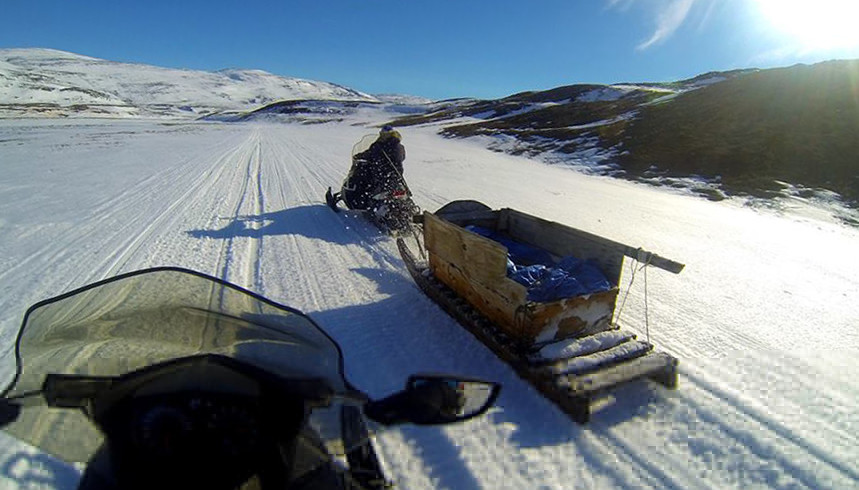
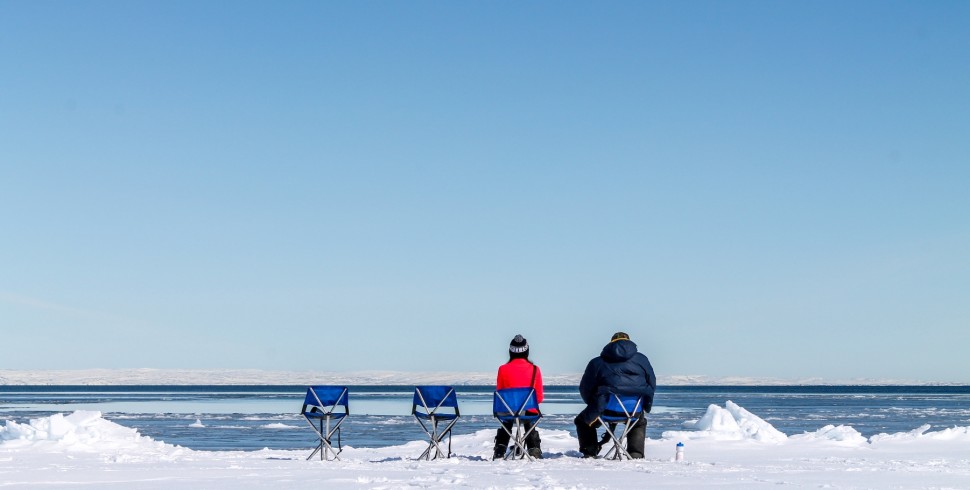
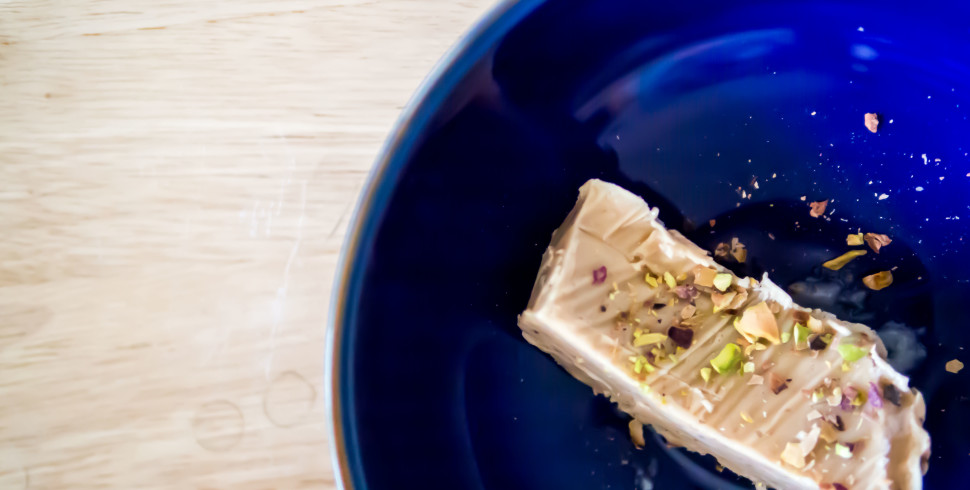
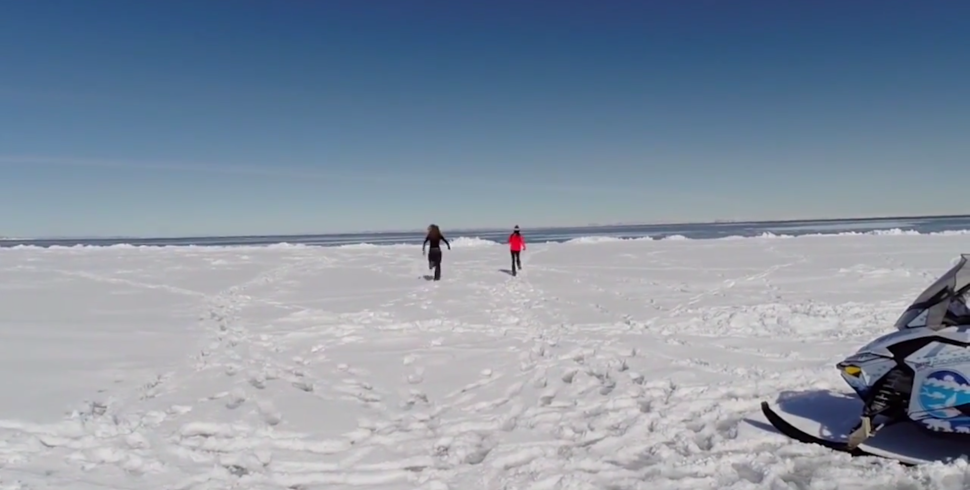


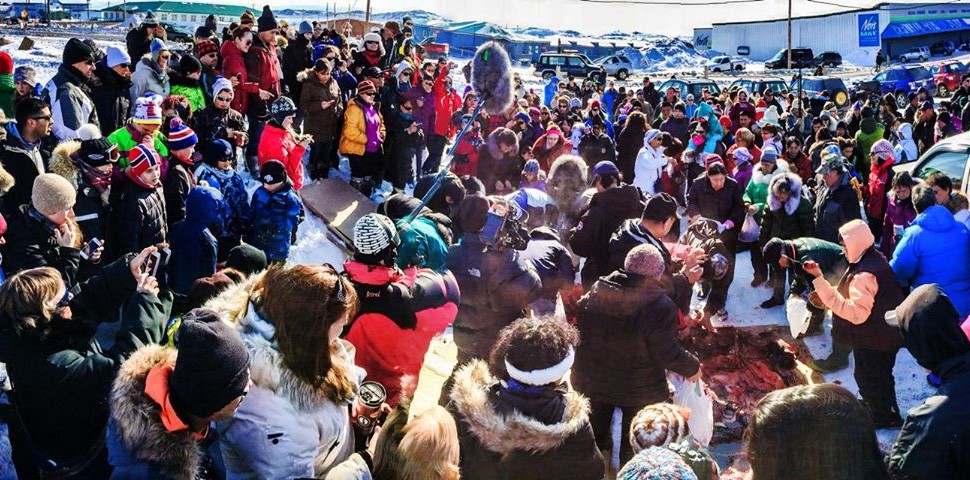

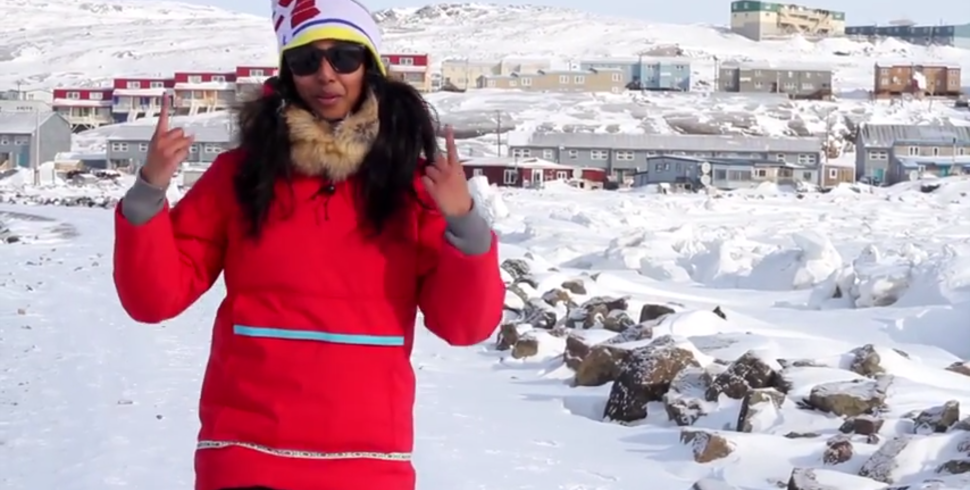
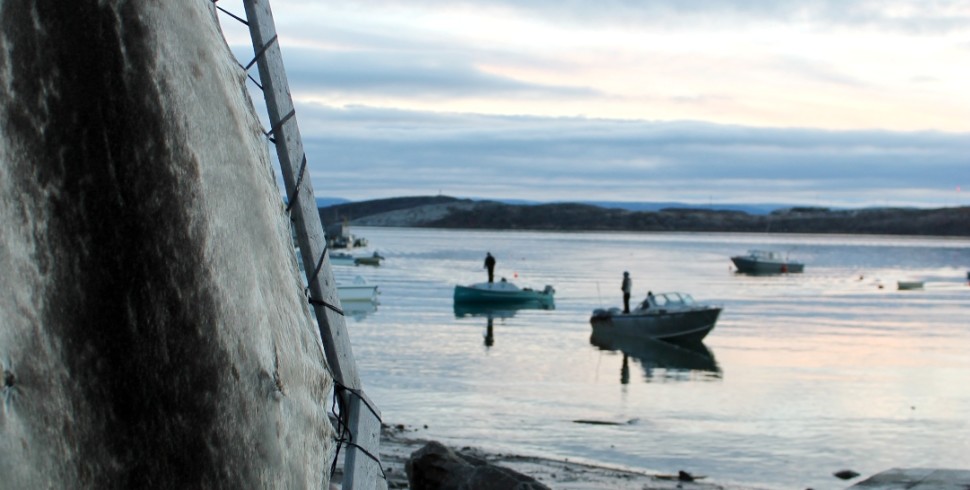
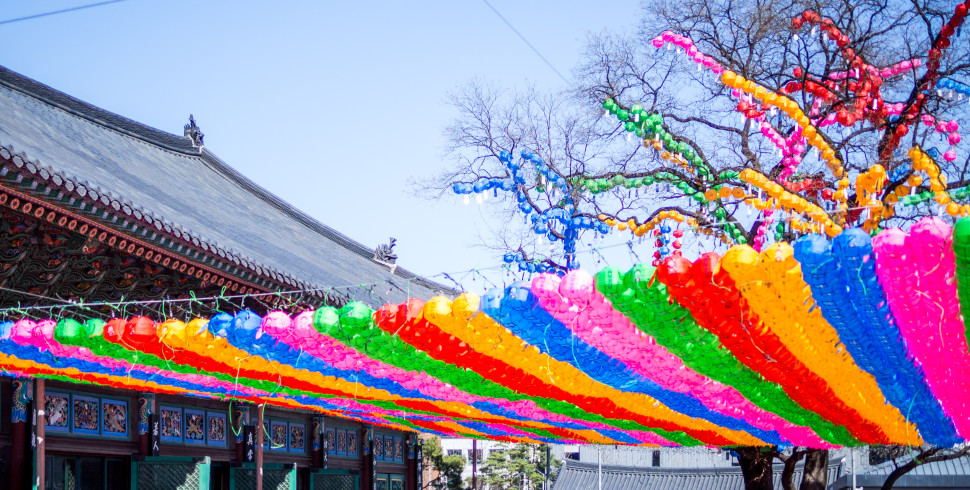
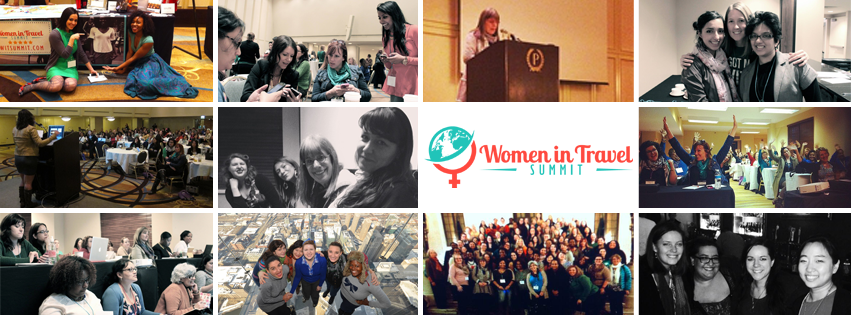
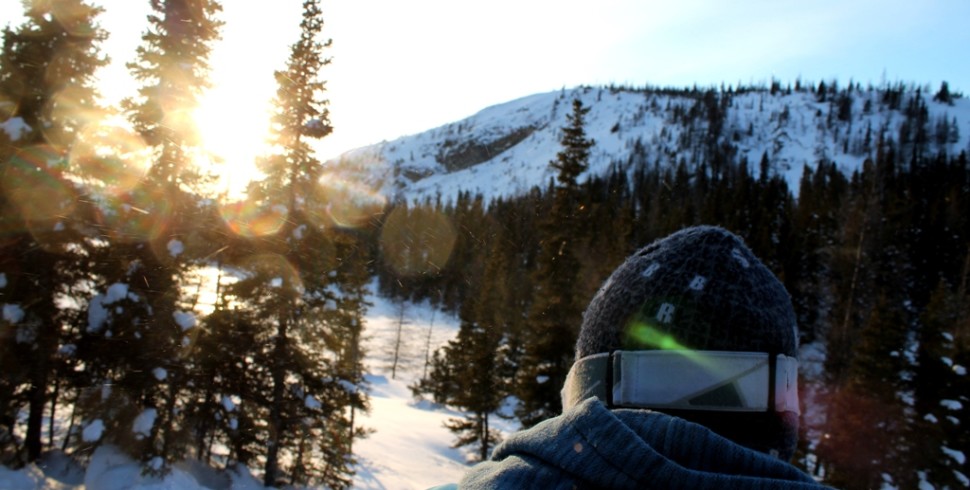


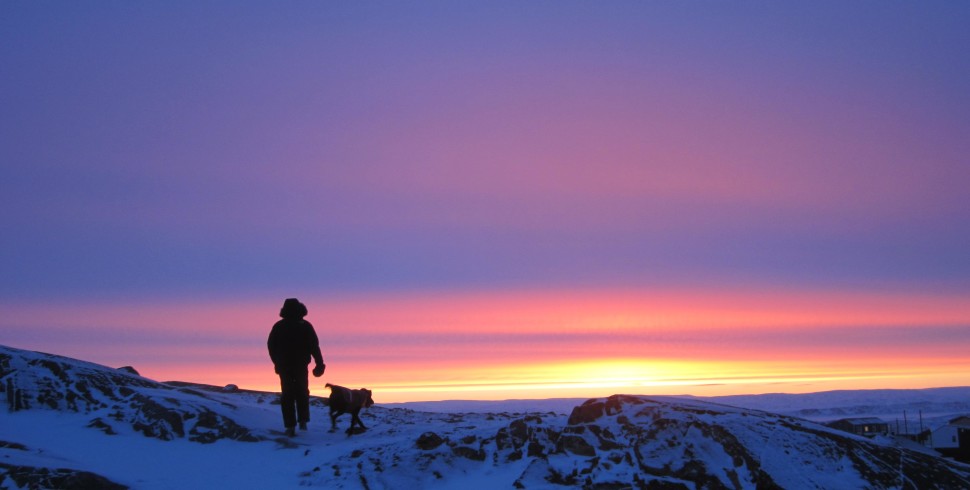

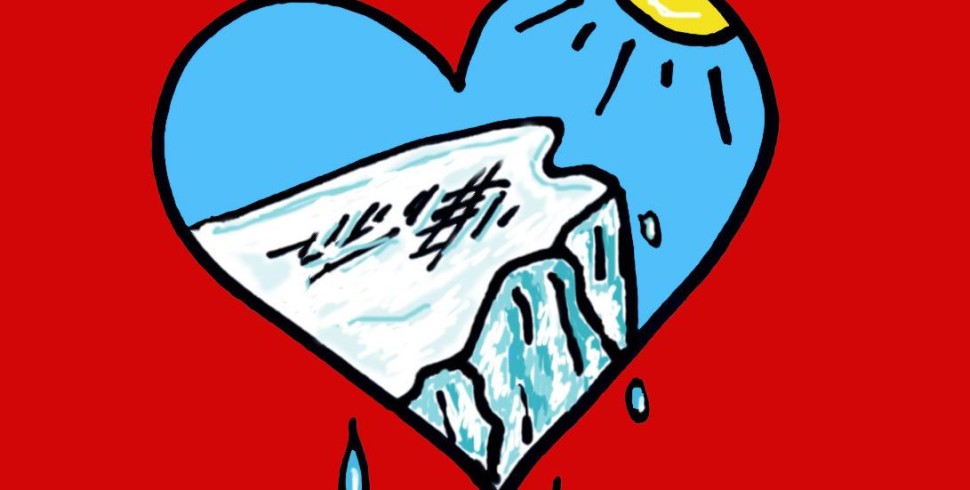
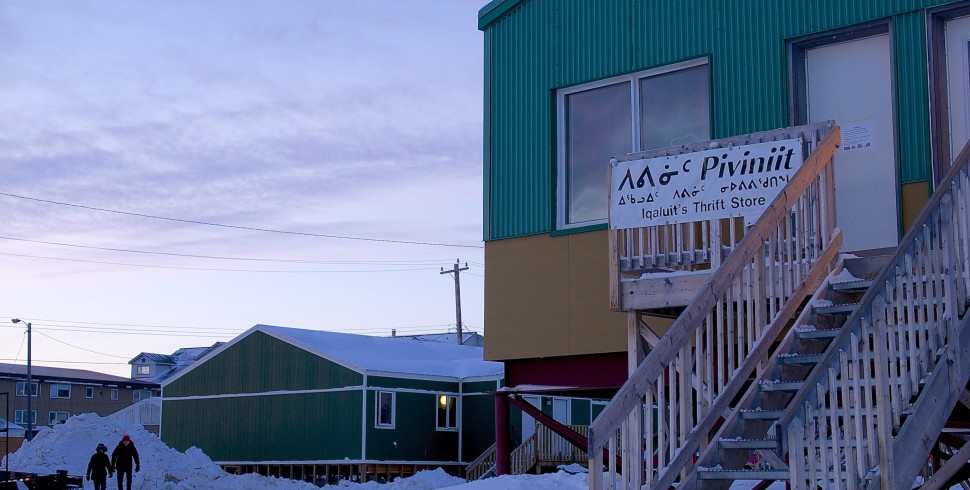

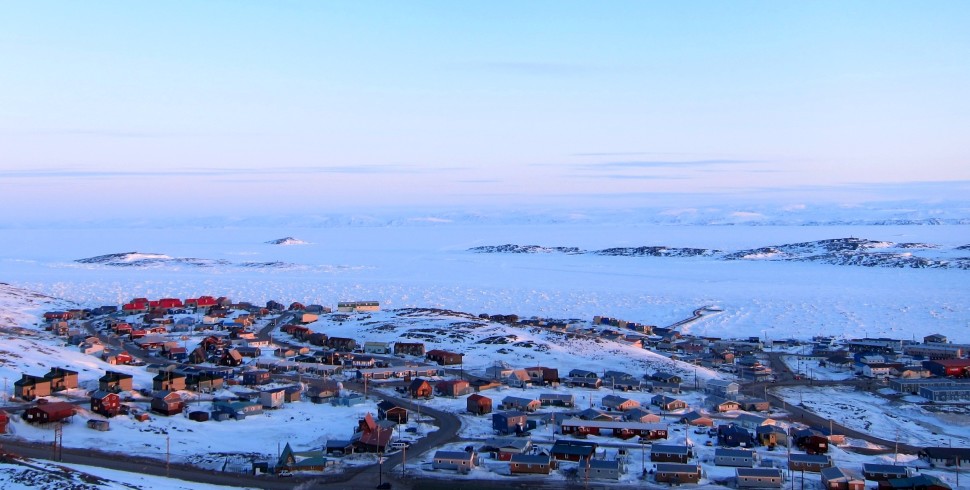
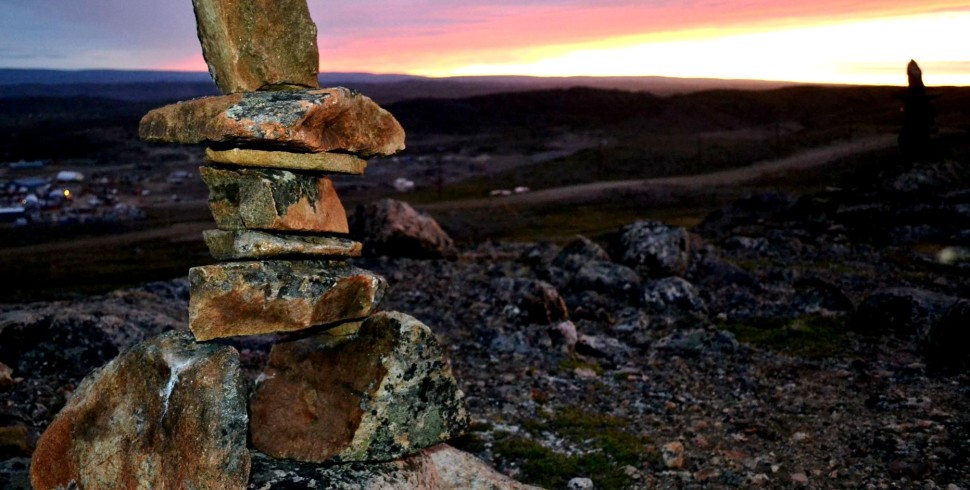

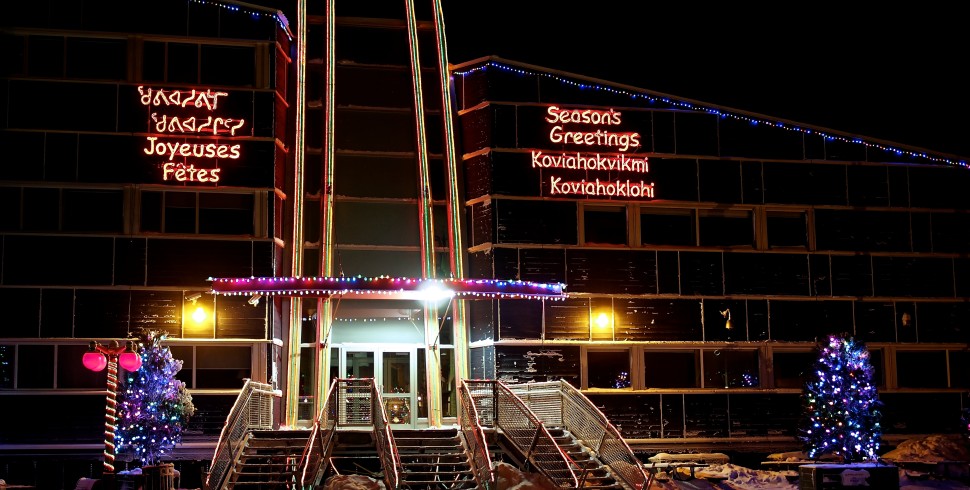
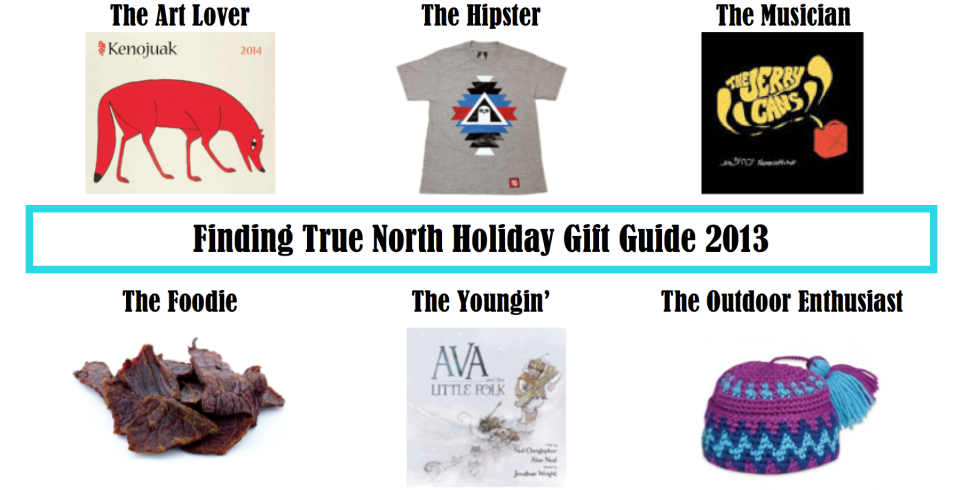

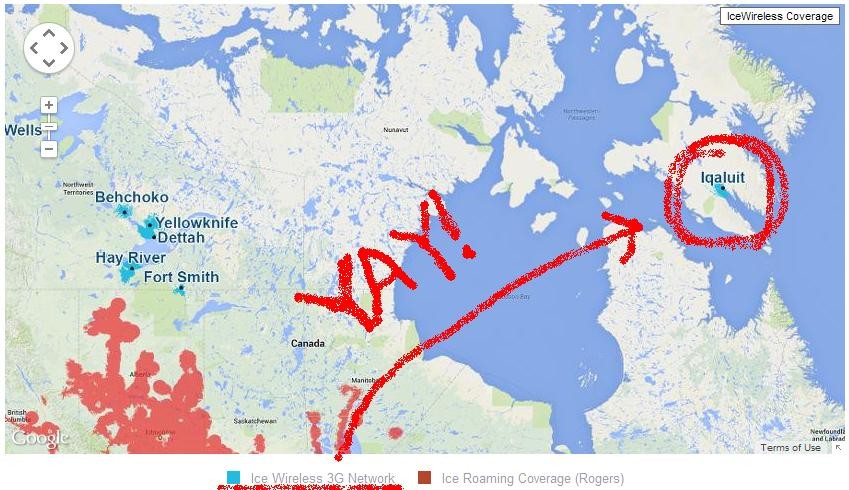
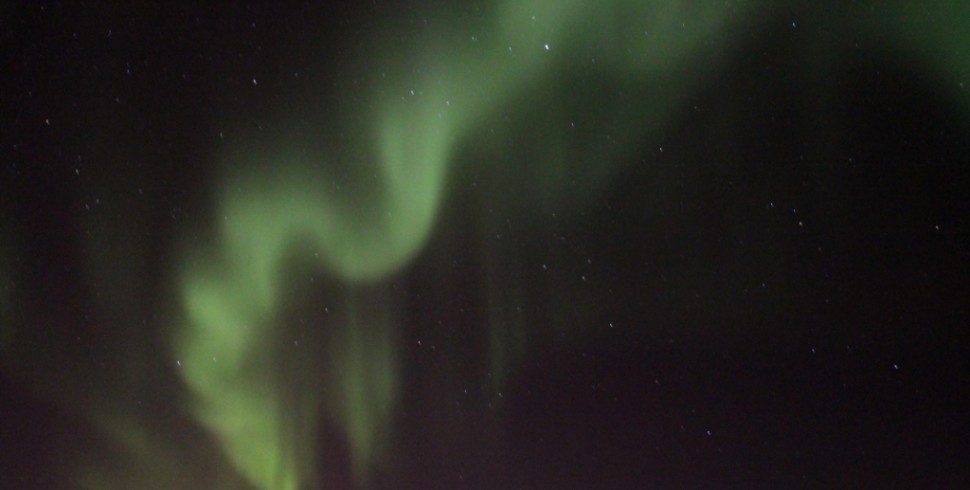
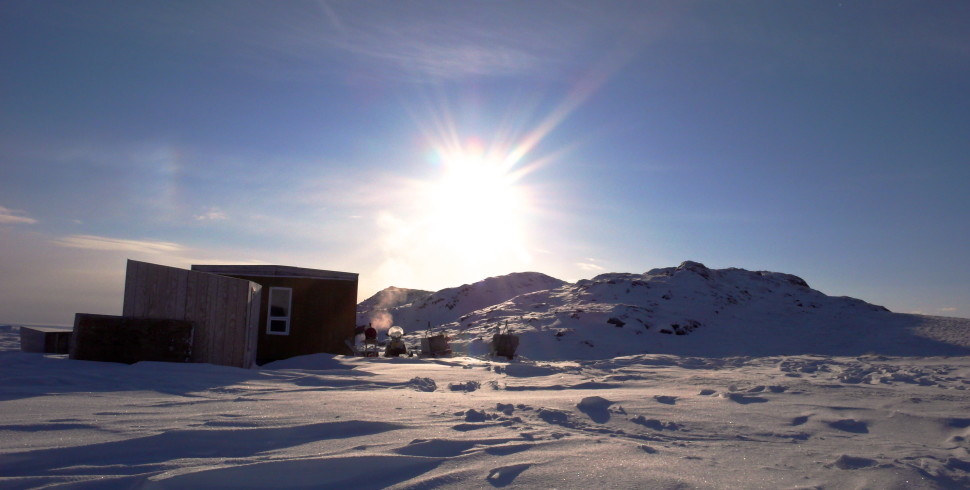
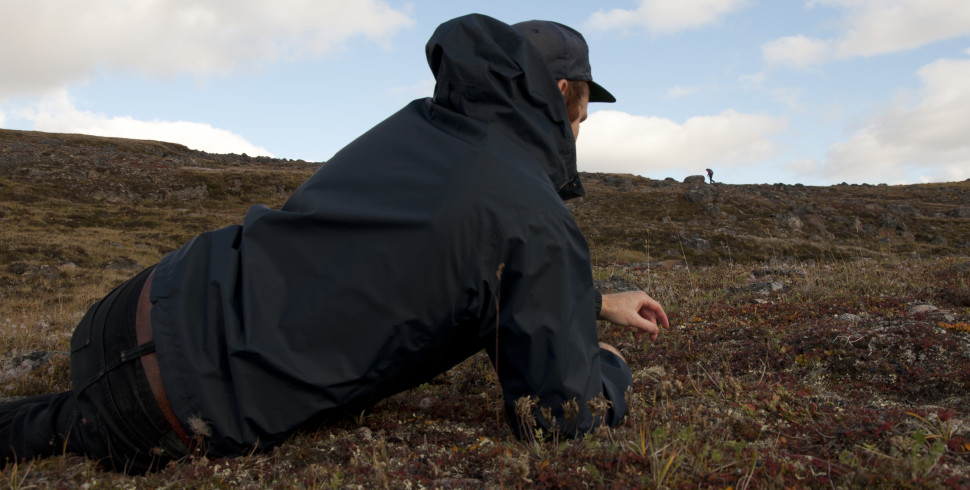
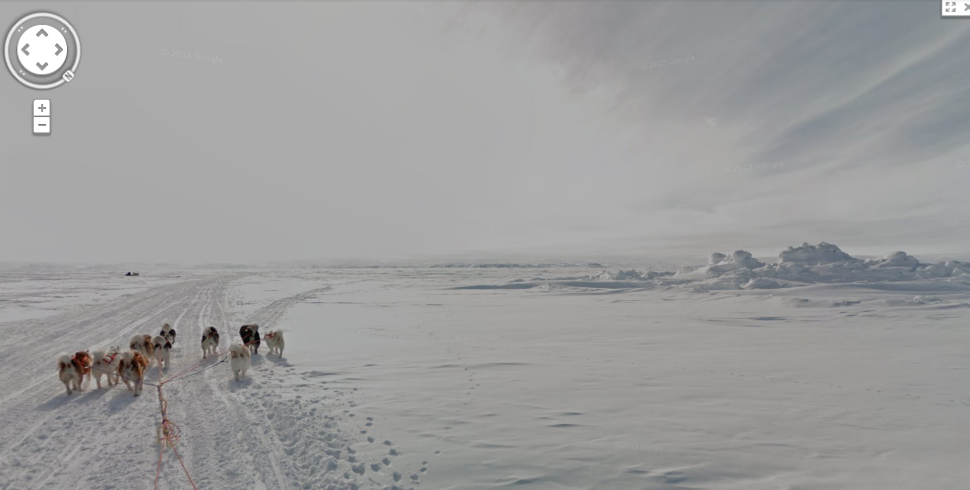
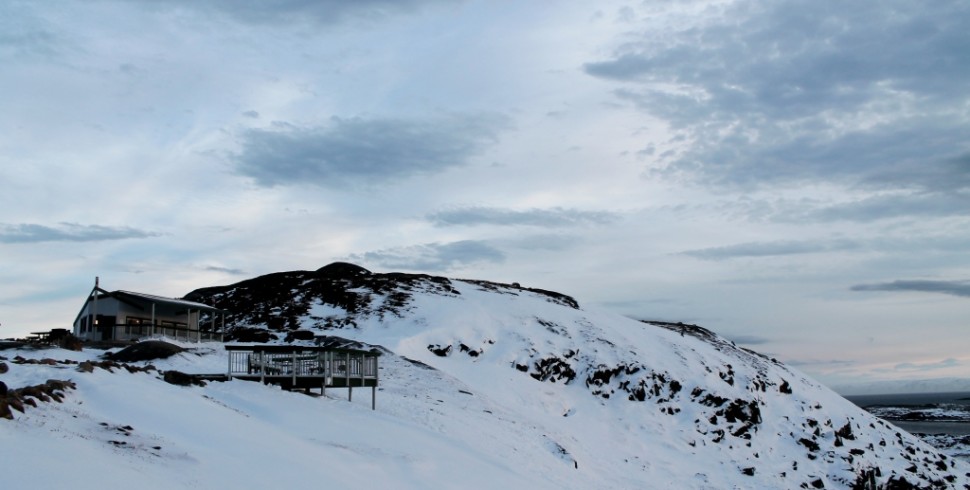
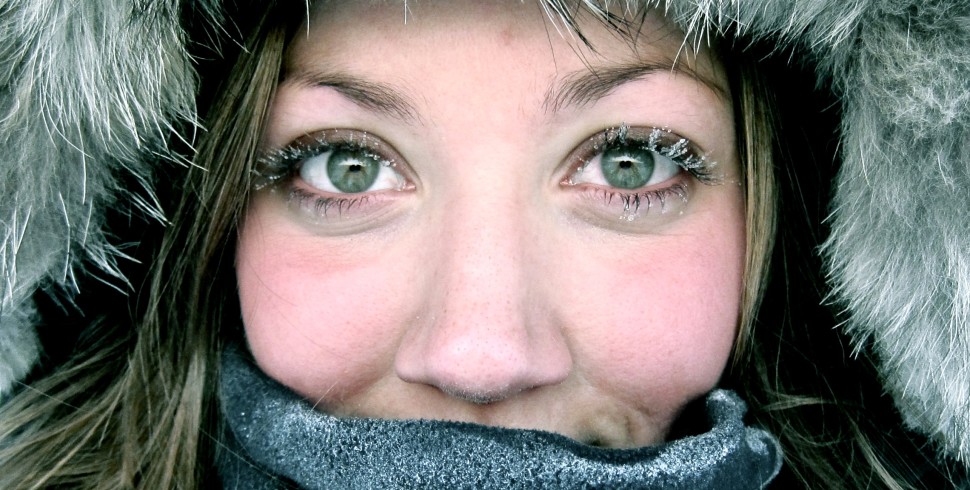

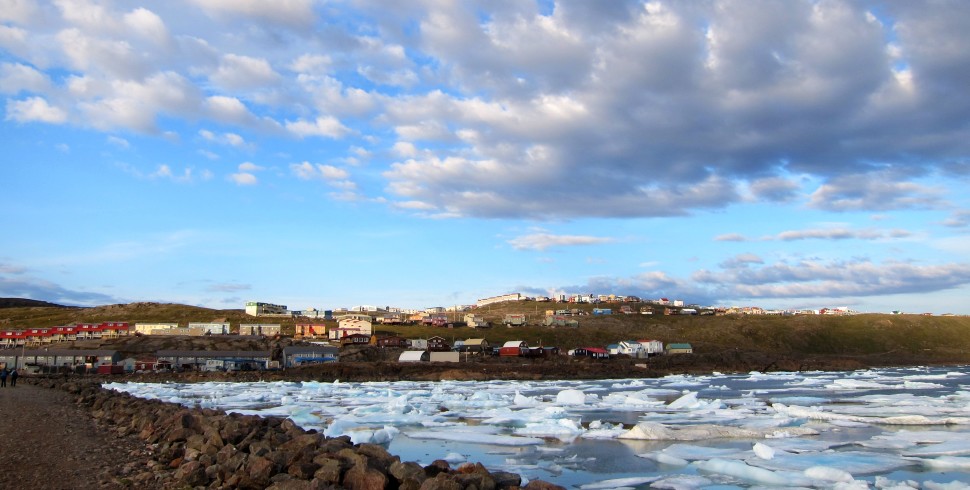
Great photos! (Hi Keith!)
Thanks for checking out the post, Gustavo!
Lovely, informative blog. I am about to write for information to the Hamlet Office. We’d like to paddle the Thlewiaza this July and seek information on local boat pick-up at the mouth of the river as well as times of flights from Arviat to Churchill. Wonder about a boat all the way to Churchill..
Tony Dawson
Tuktoyaktuk, NWT
Pingback: It's Our Two Year Blog Anniversary! - Finding True North